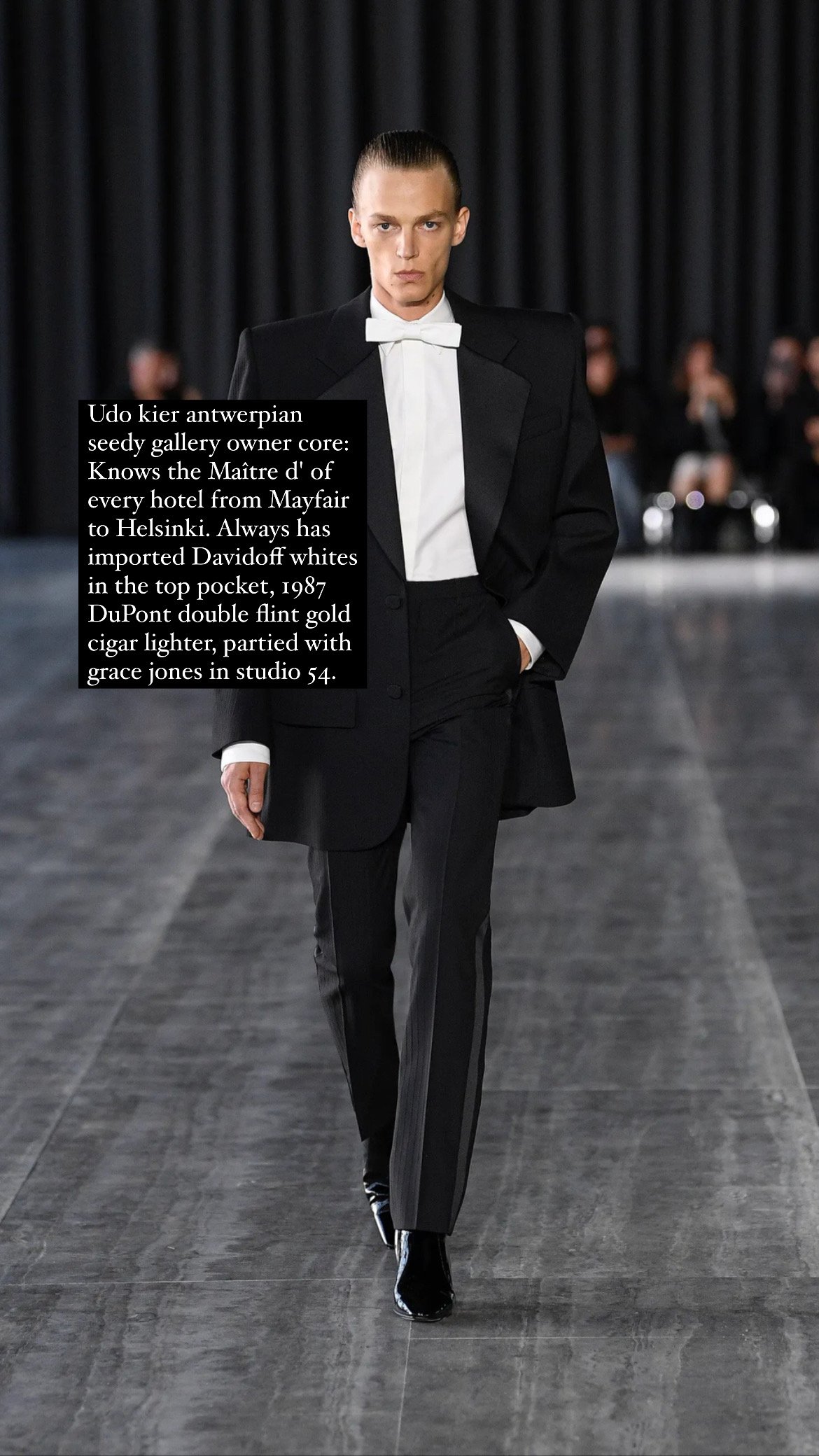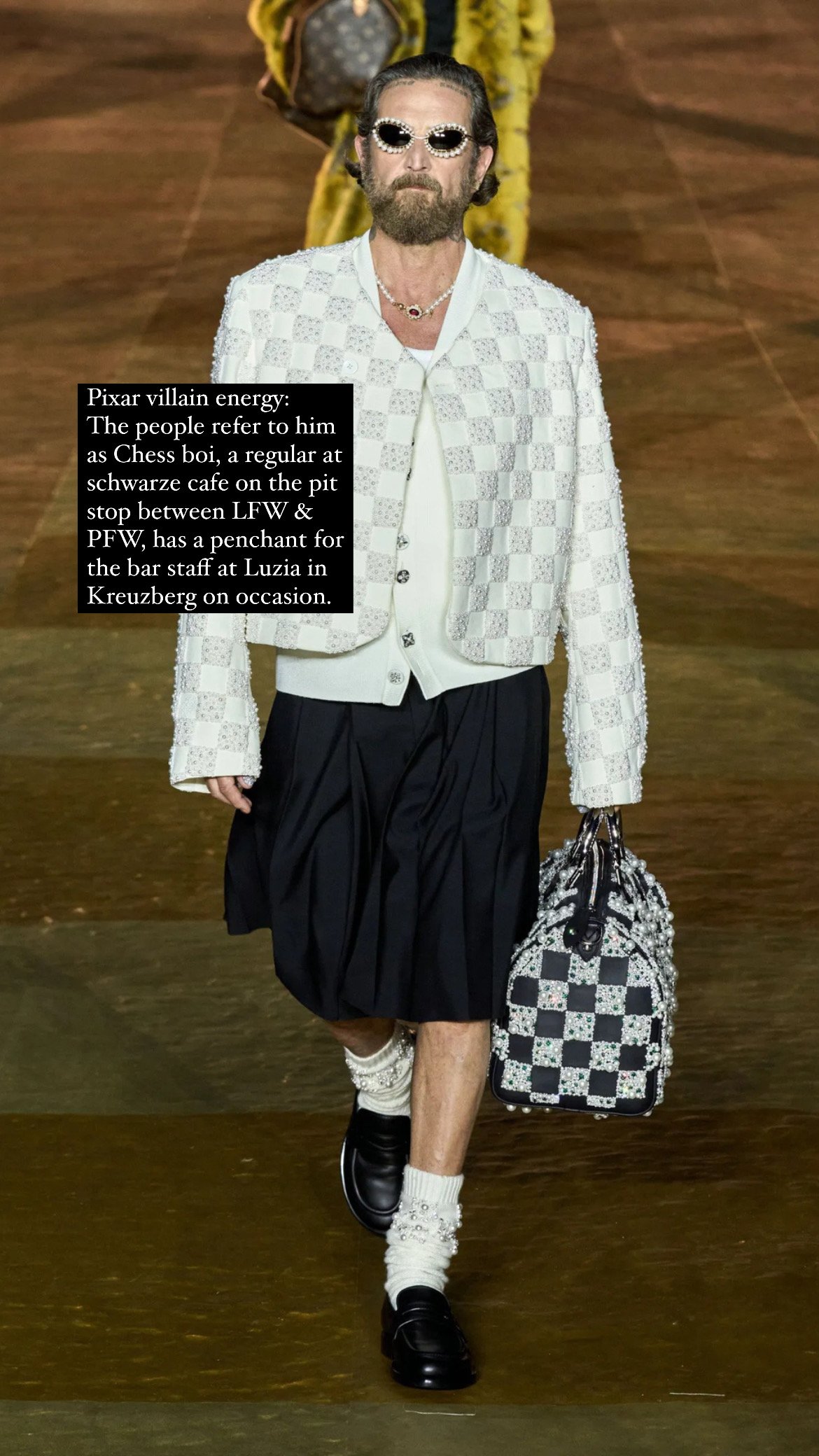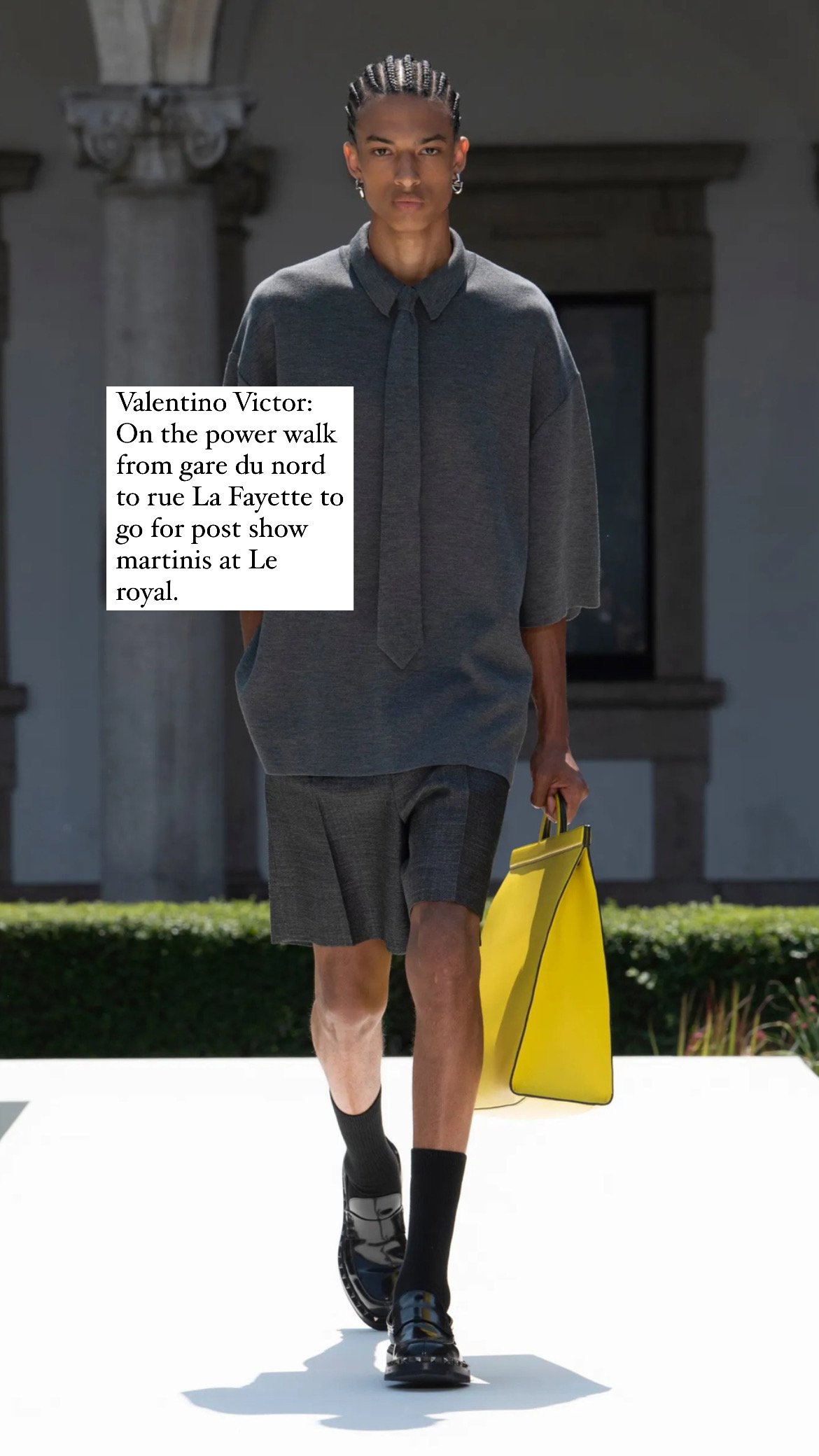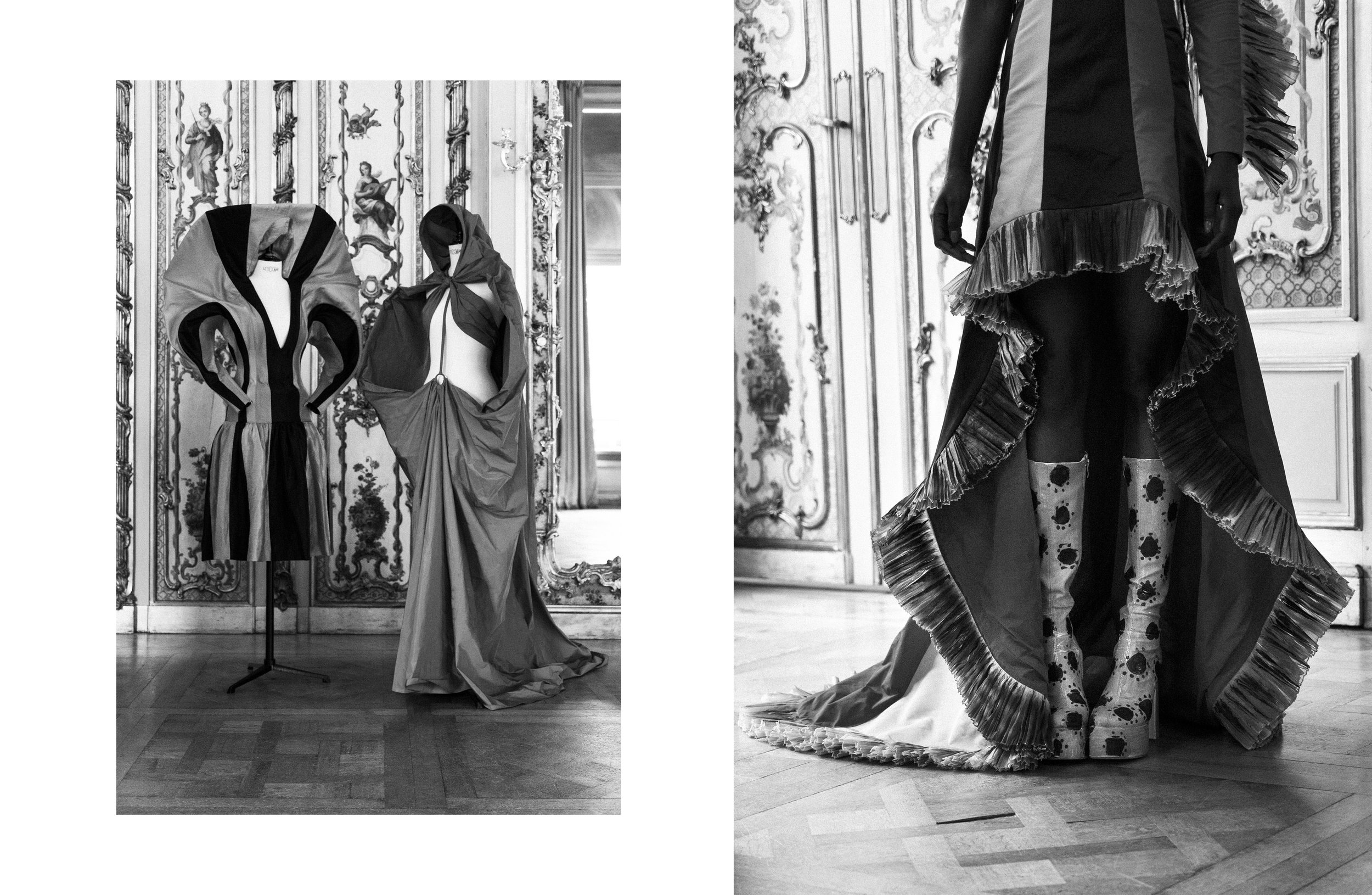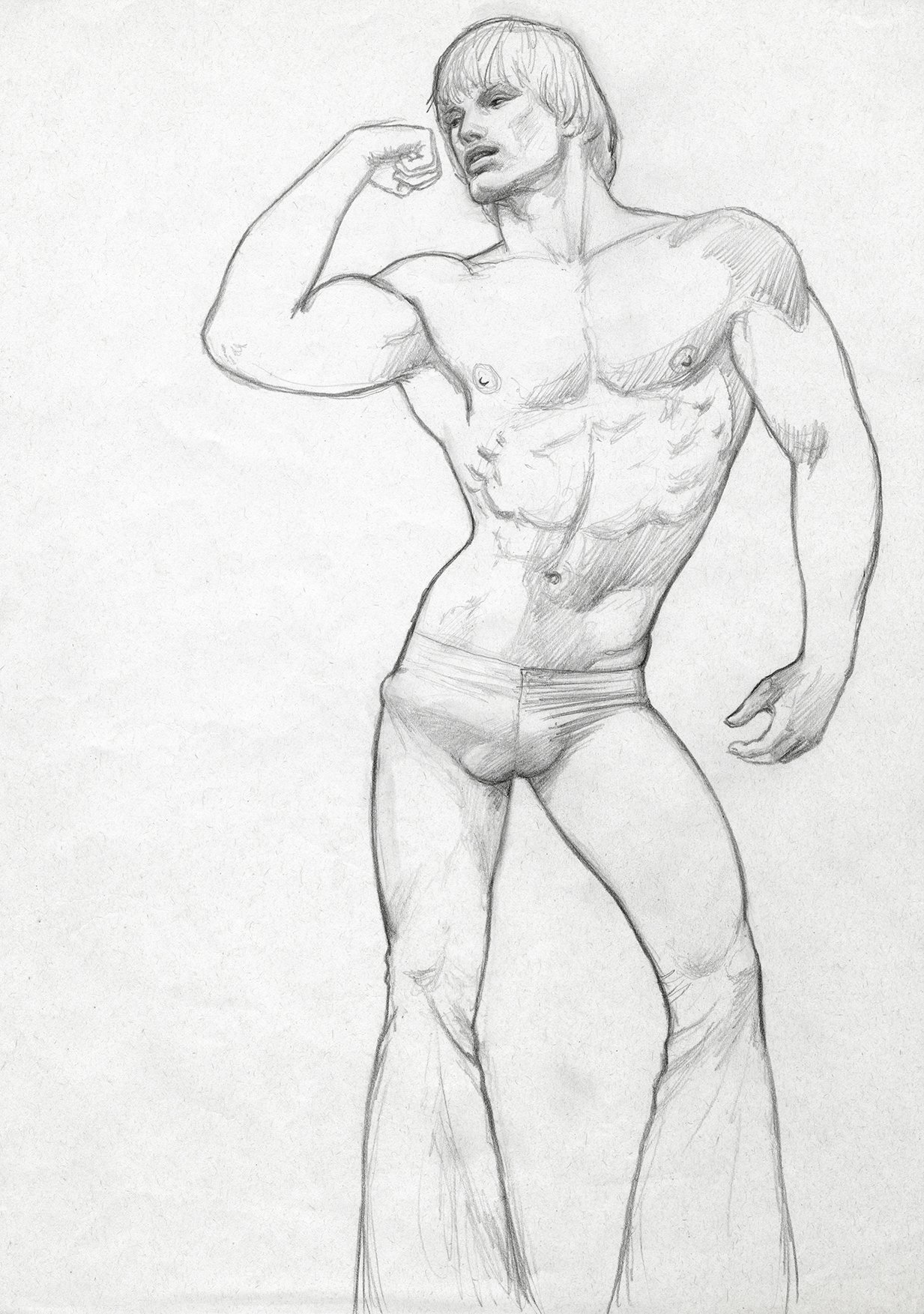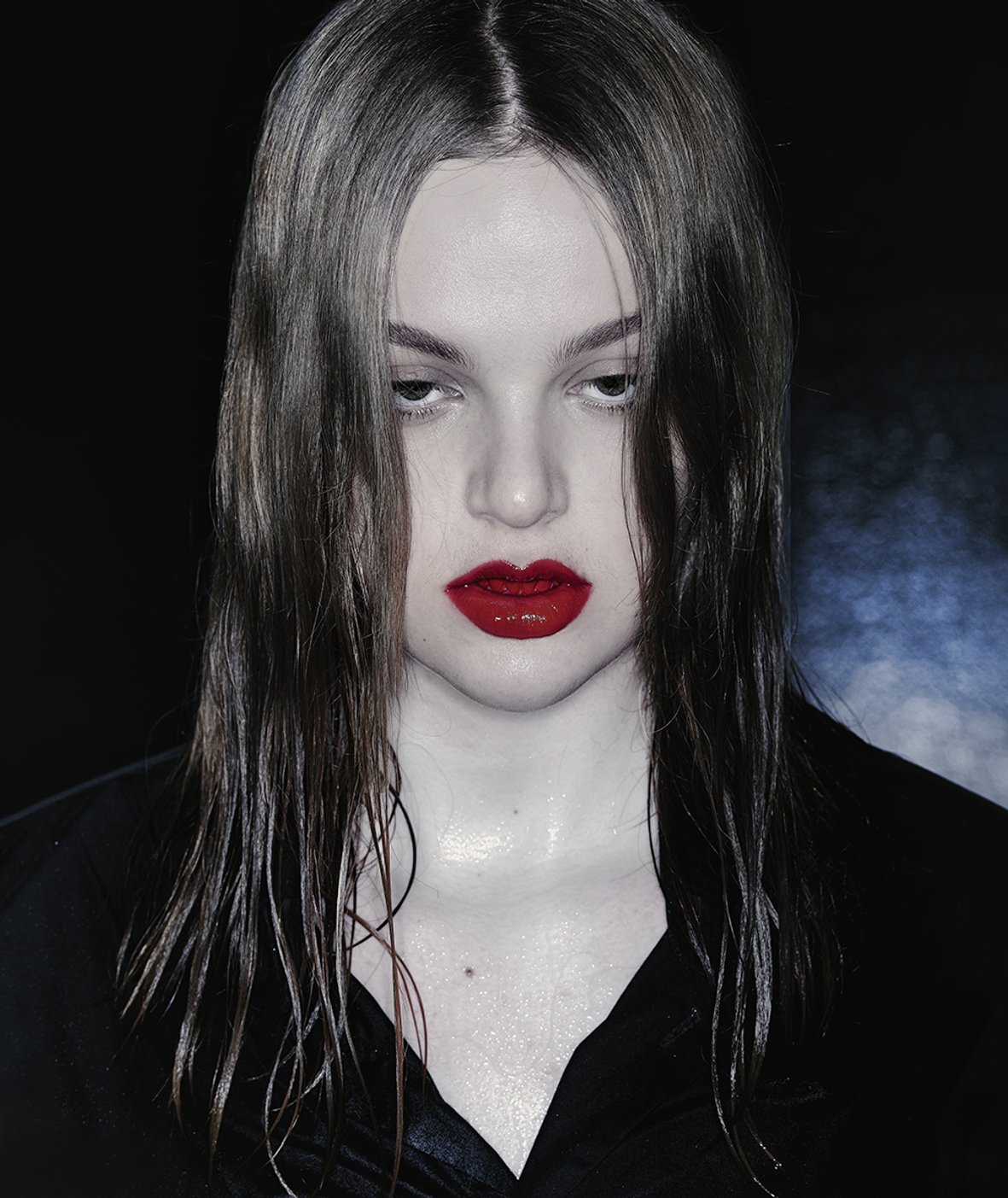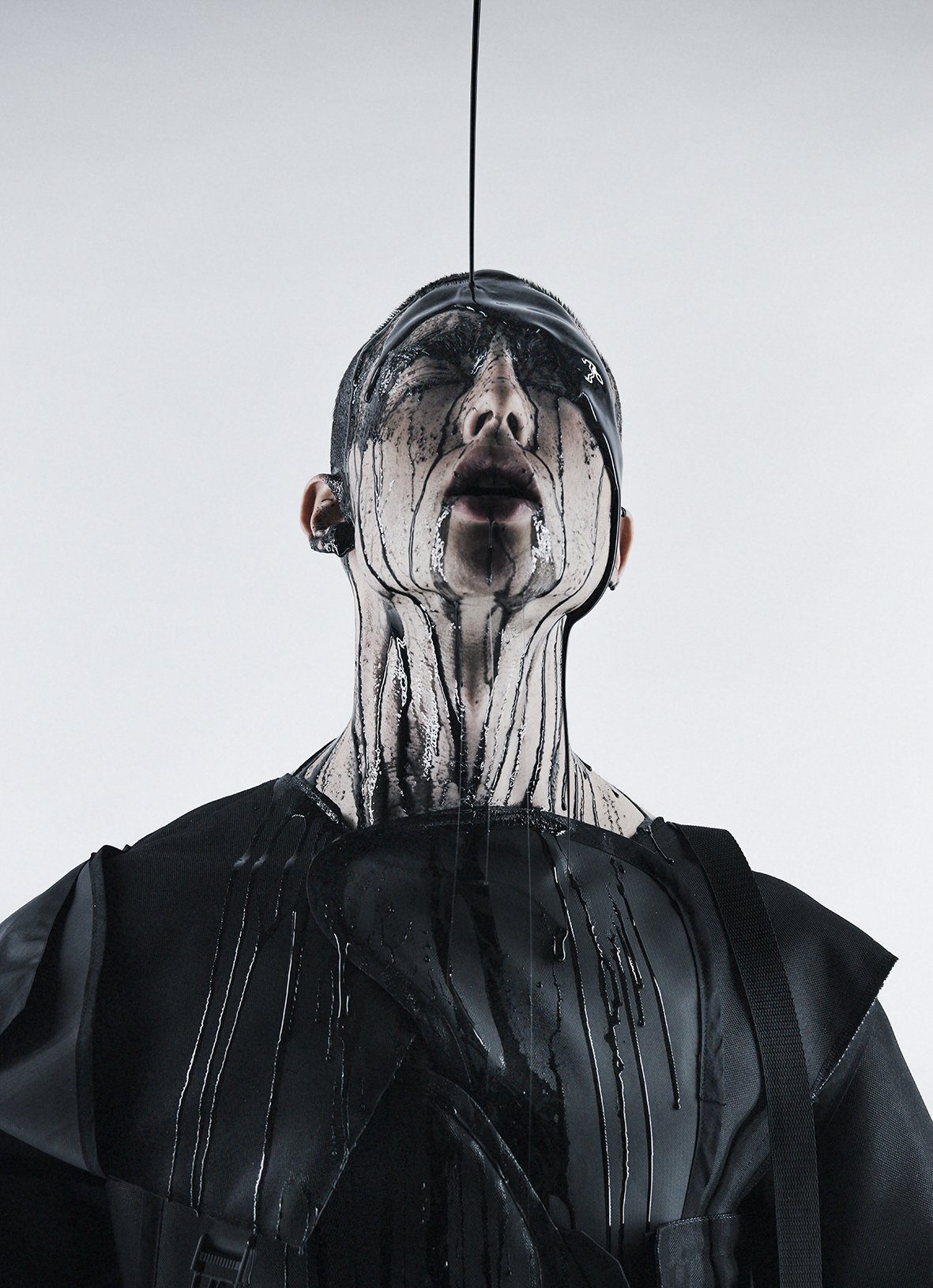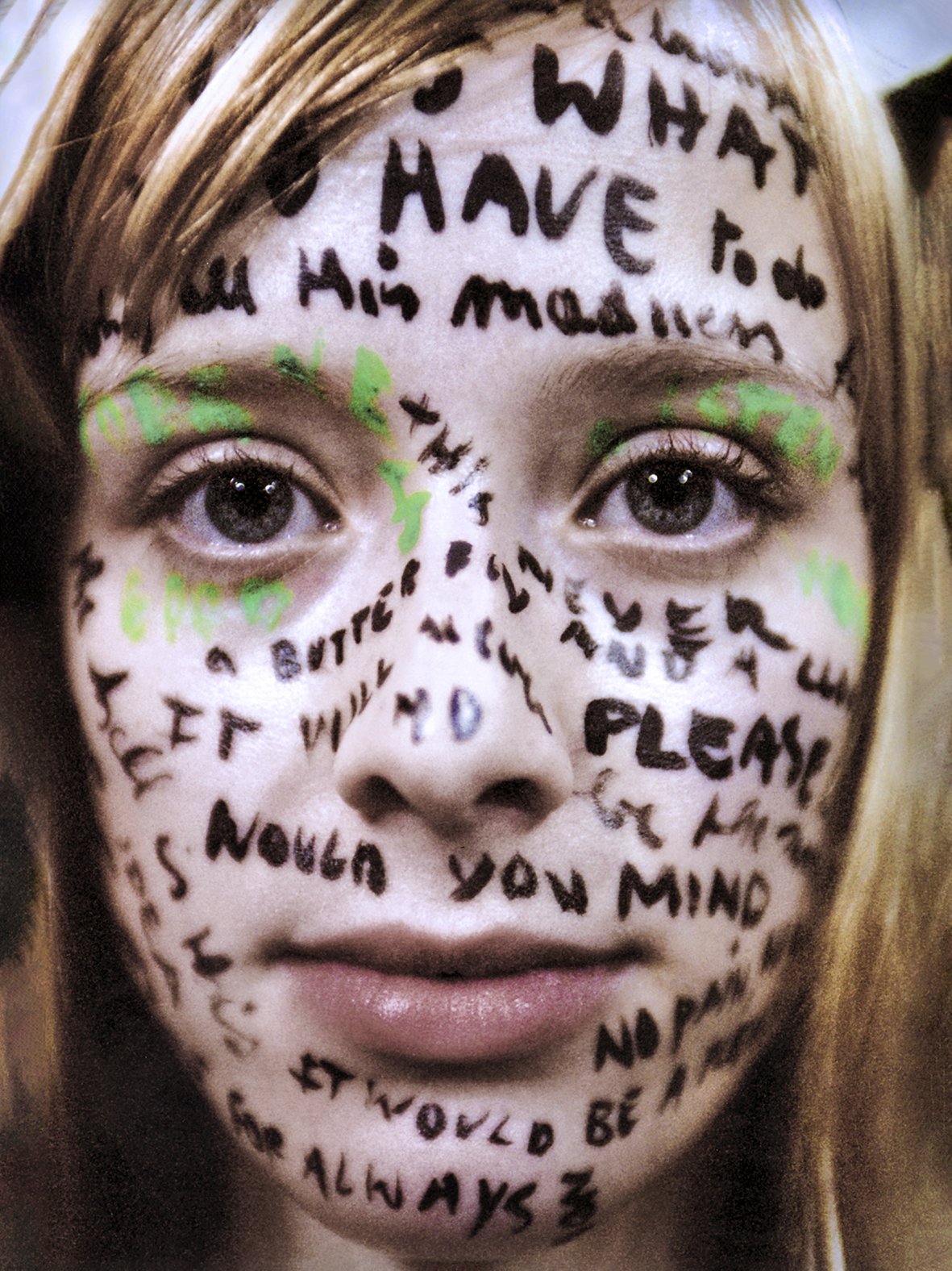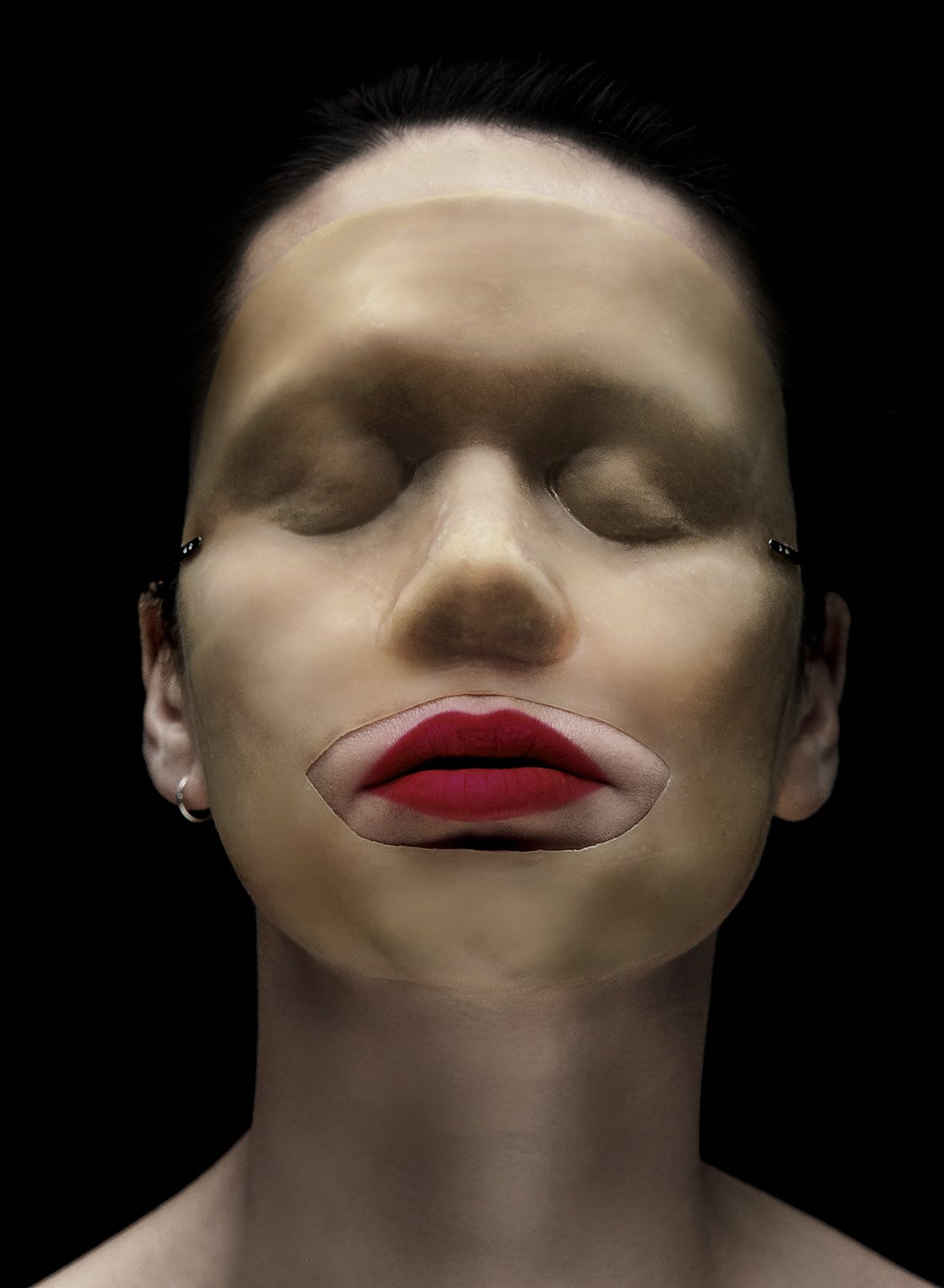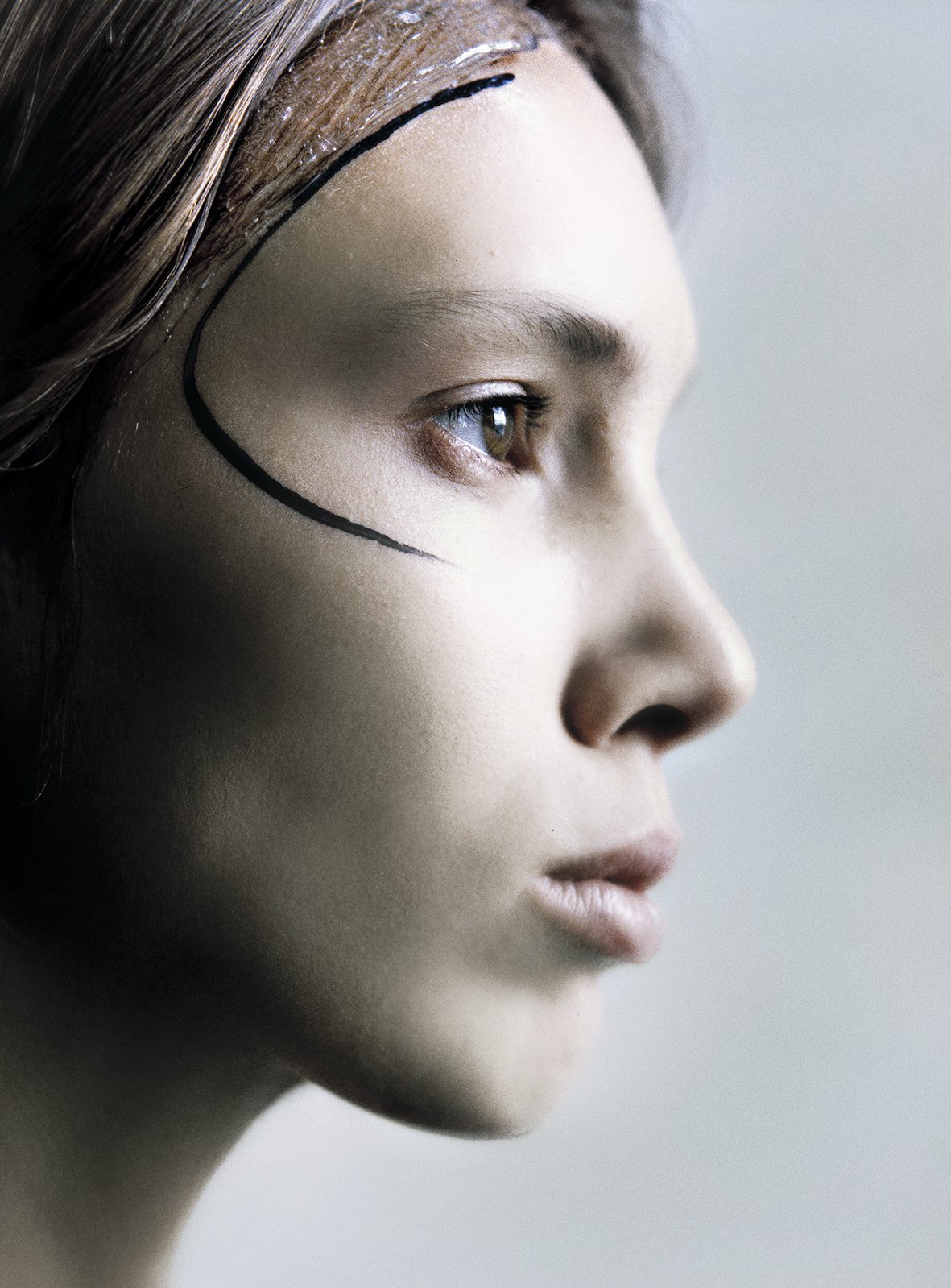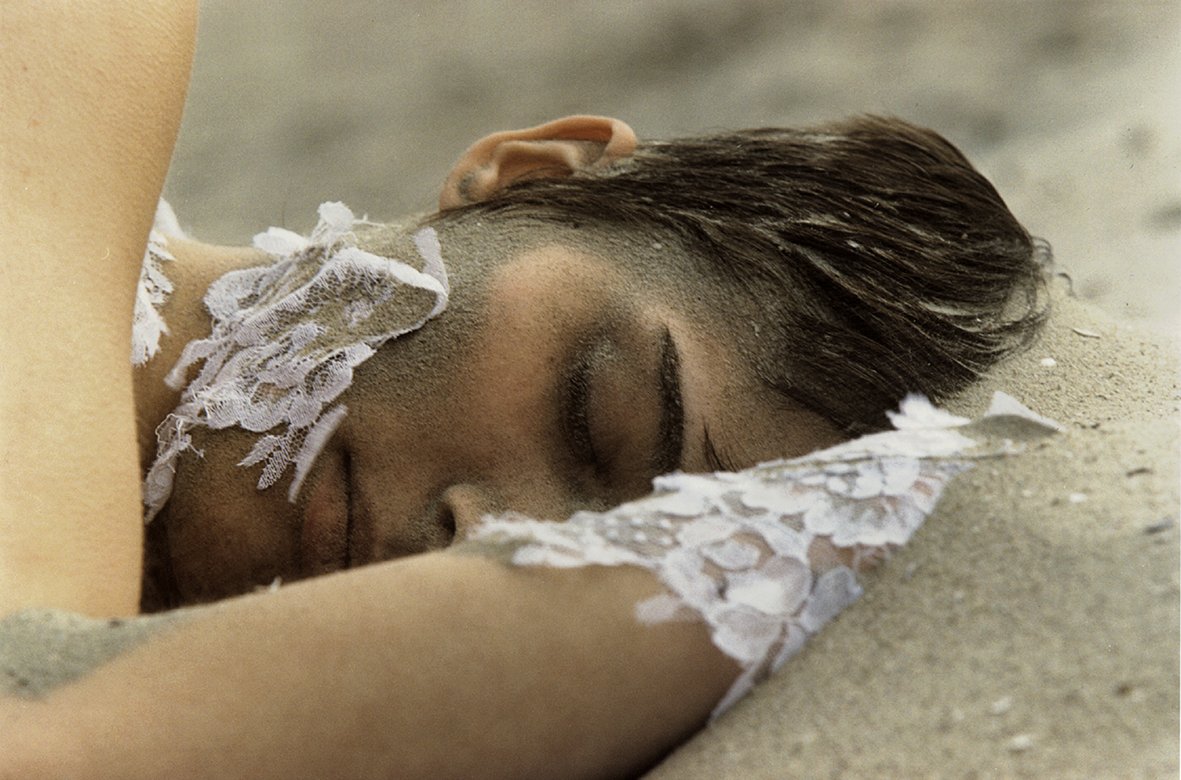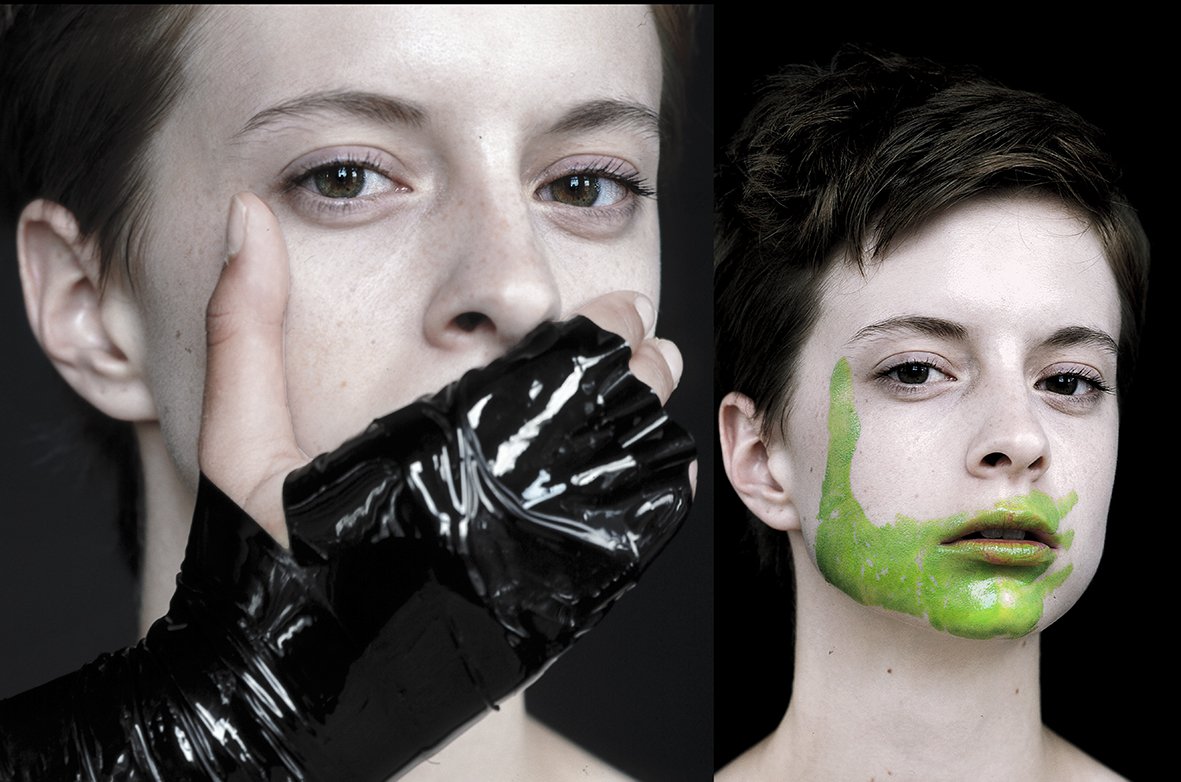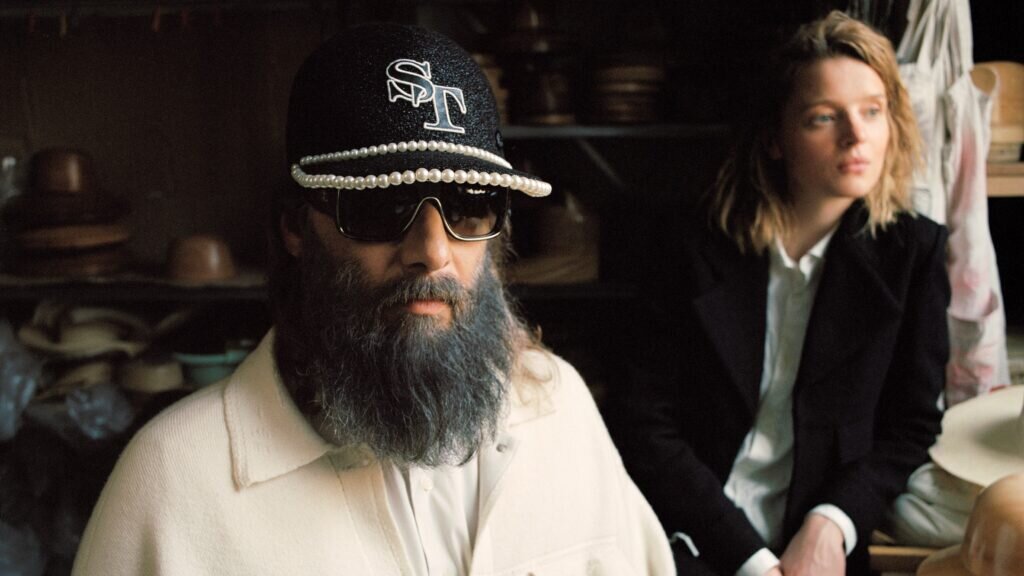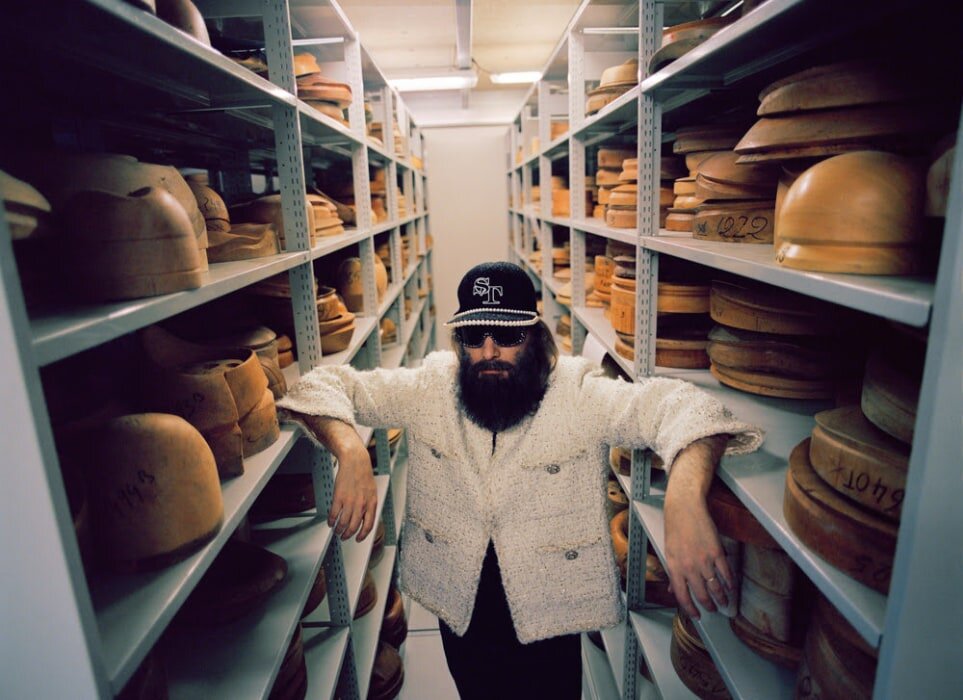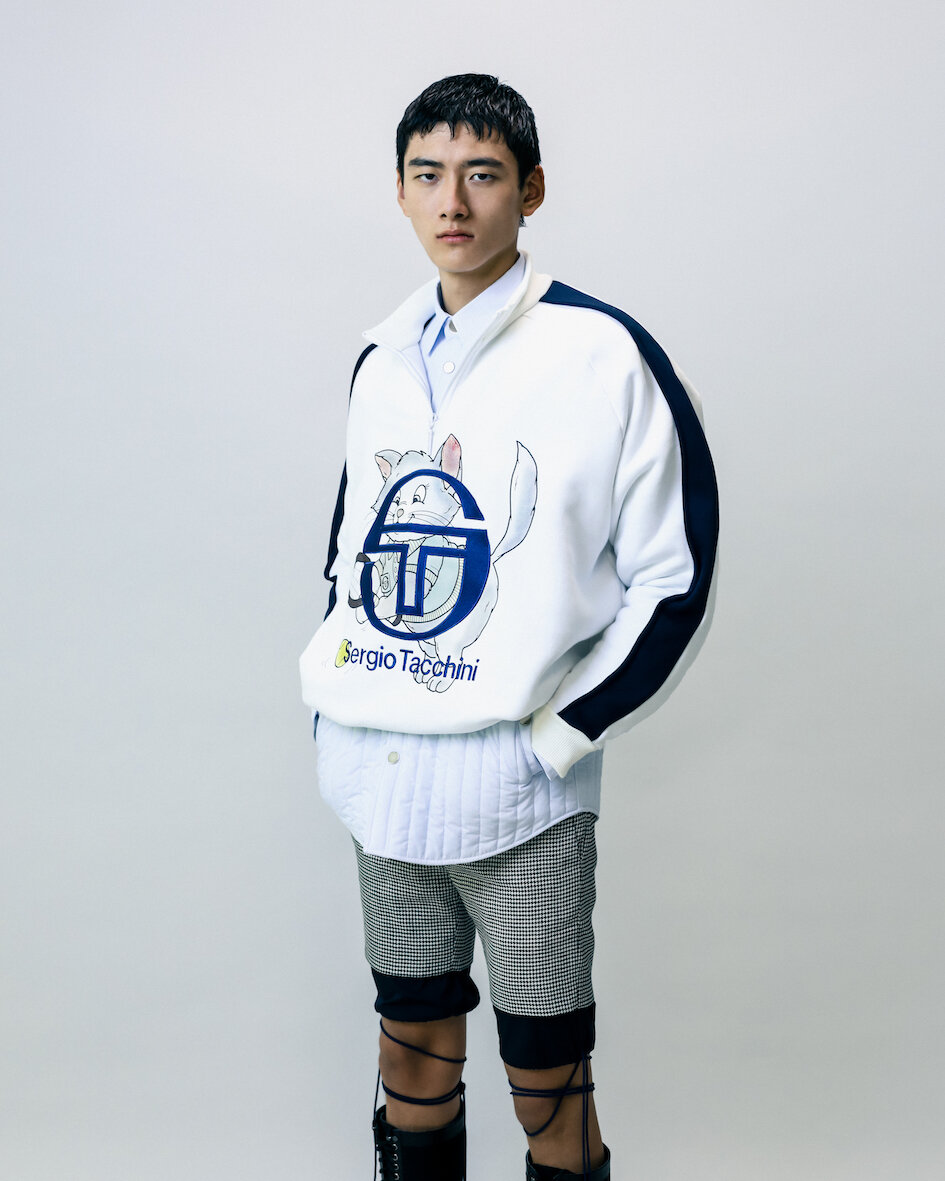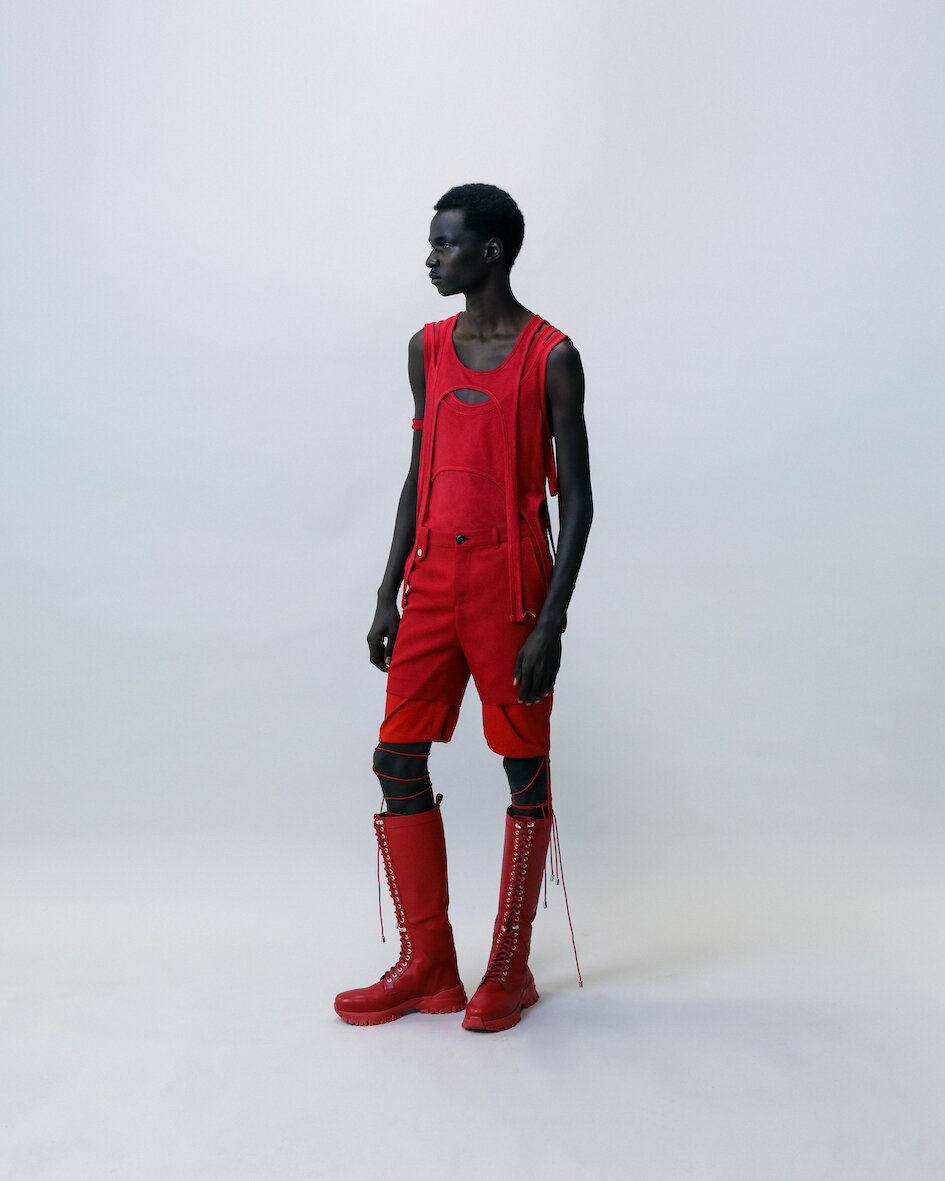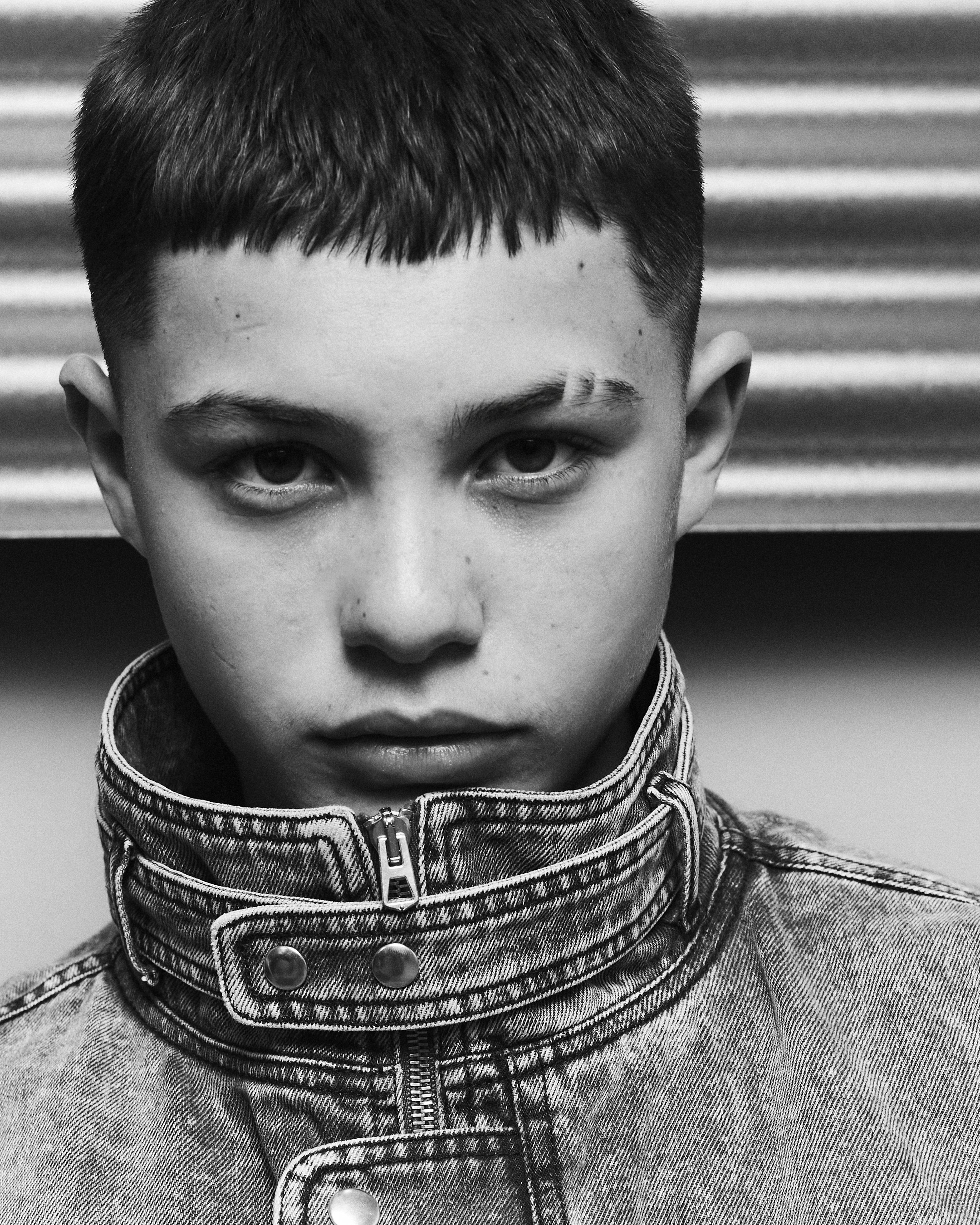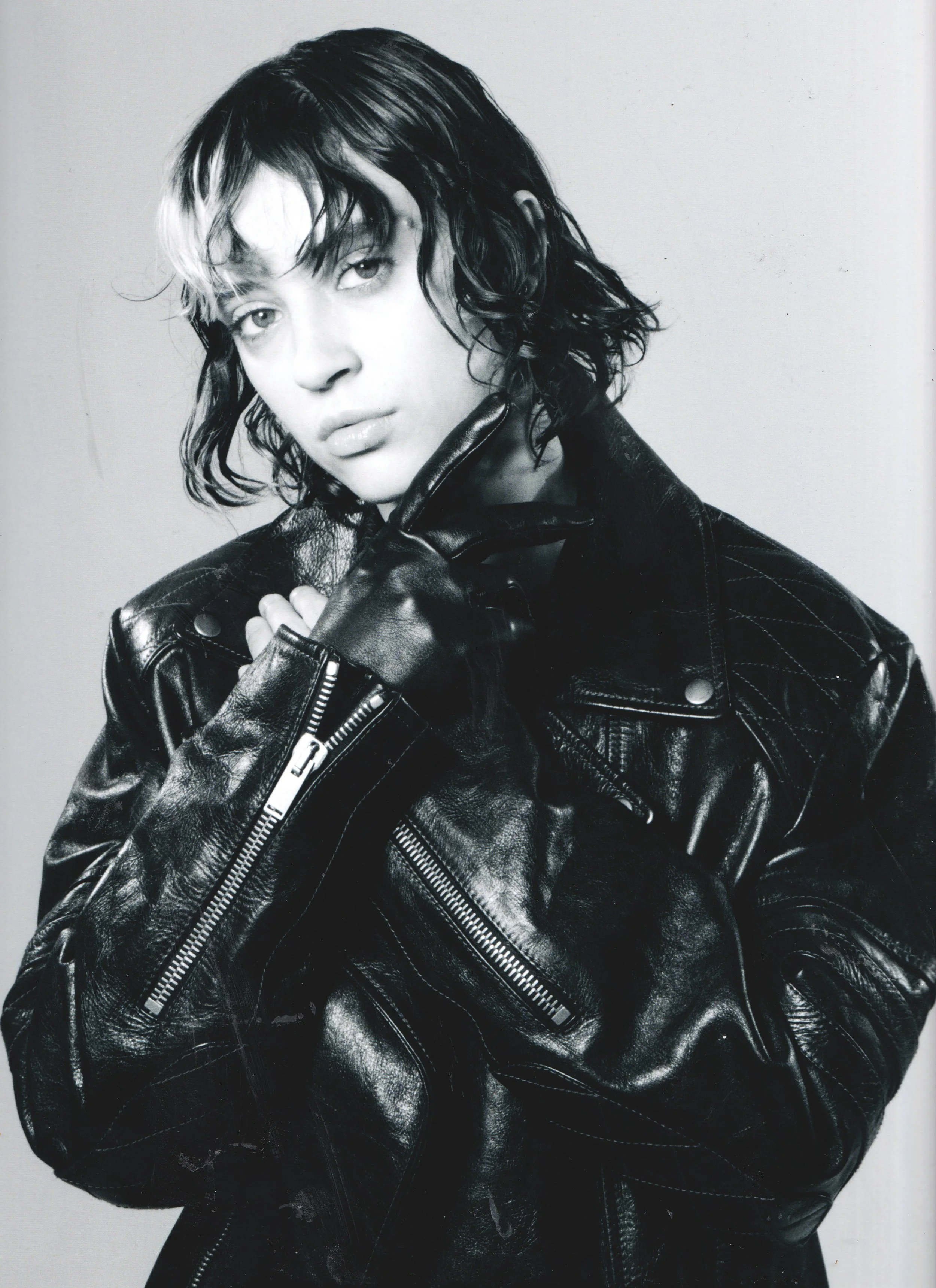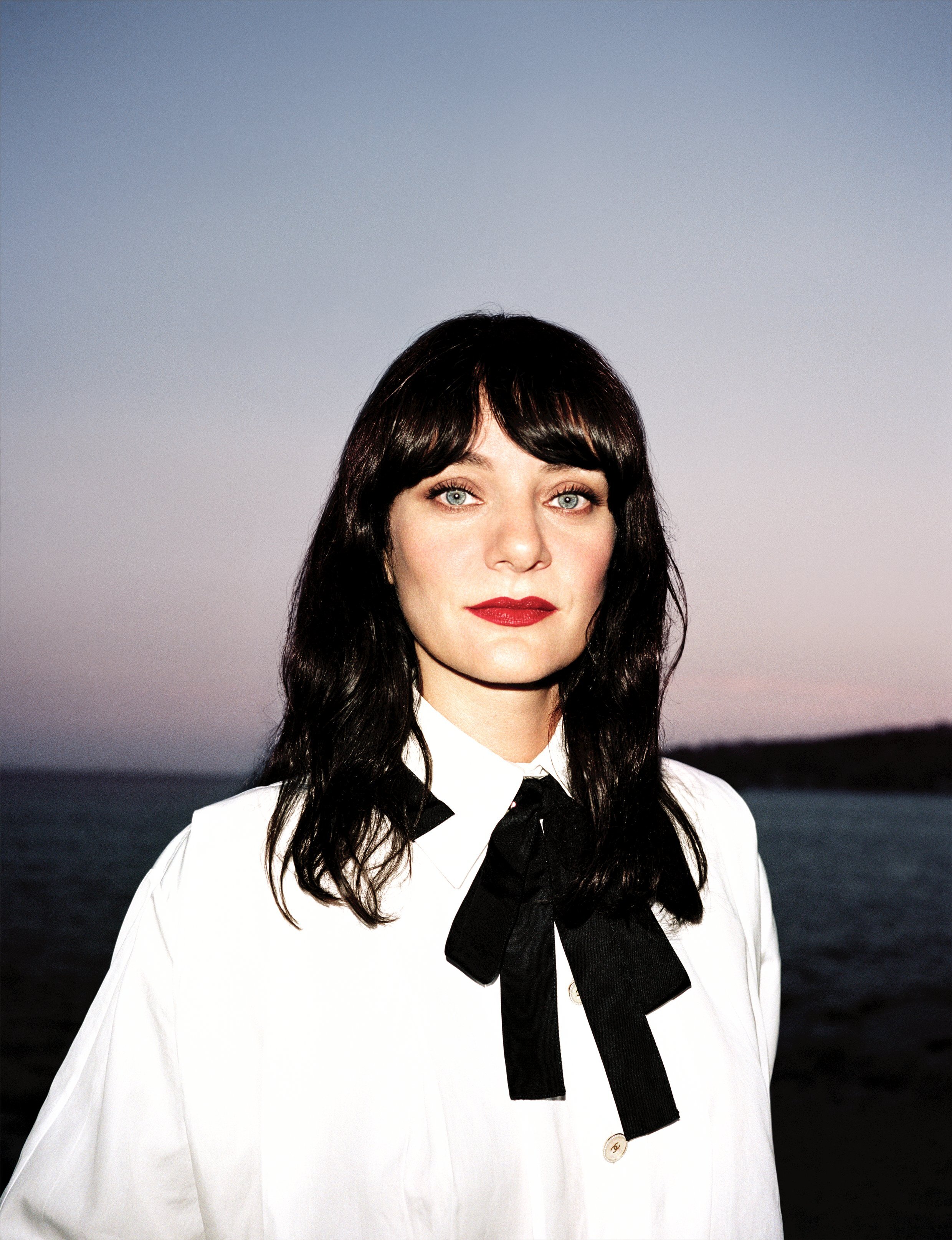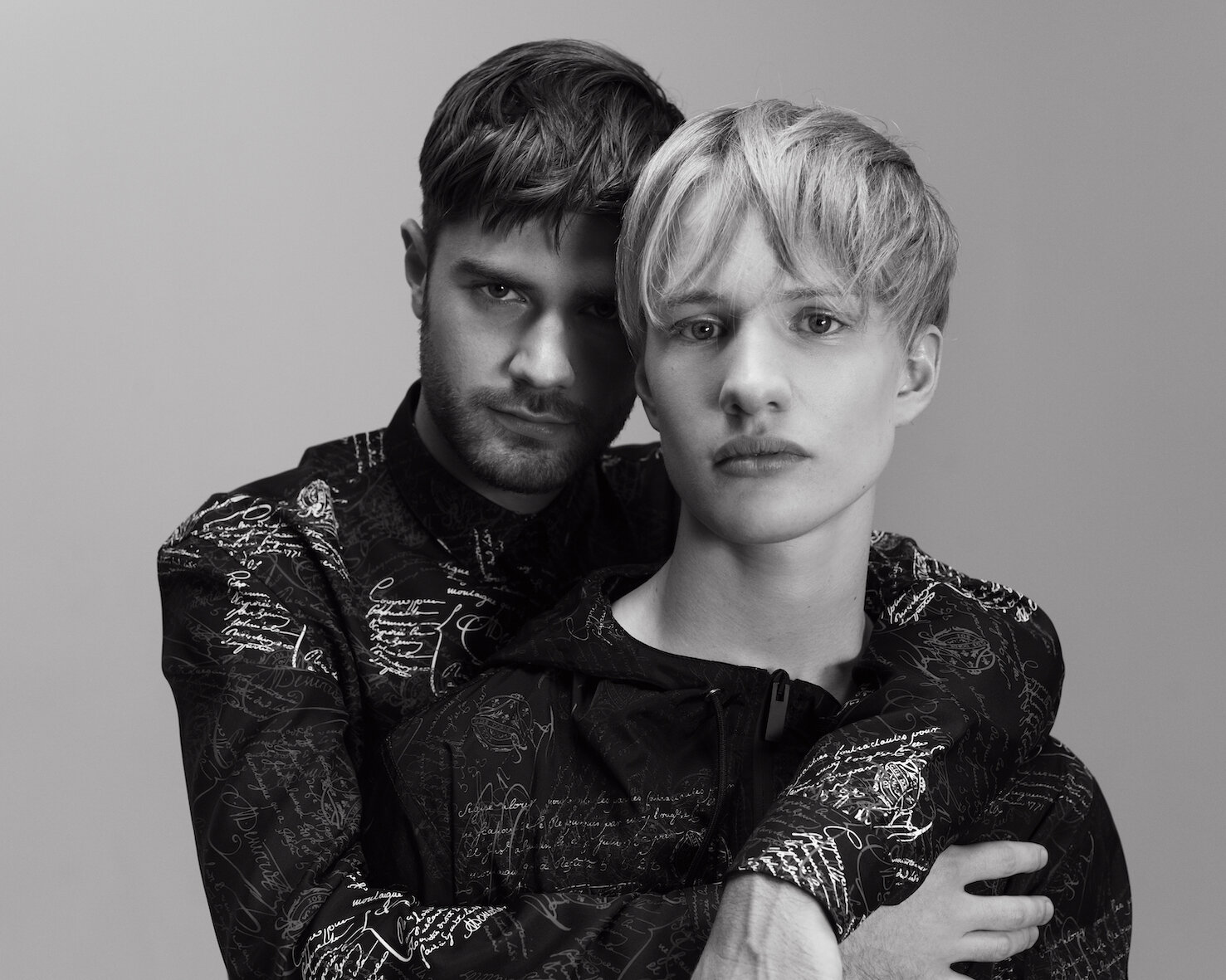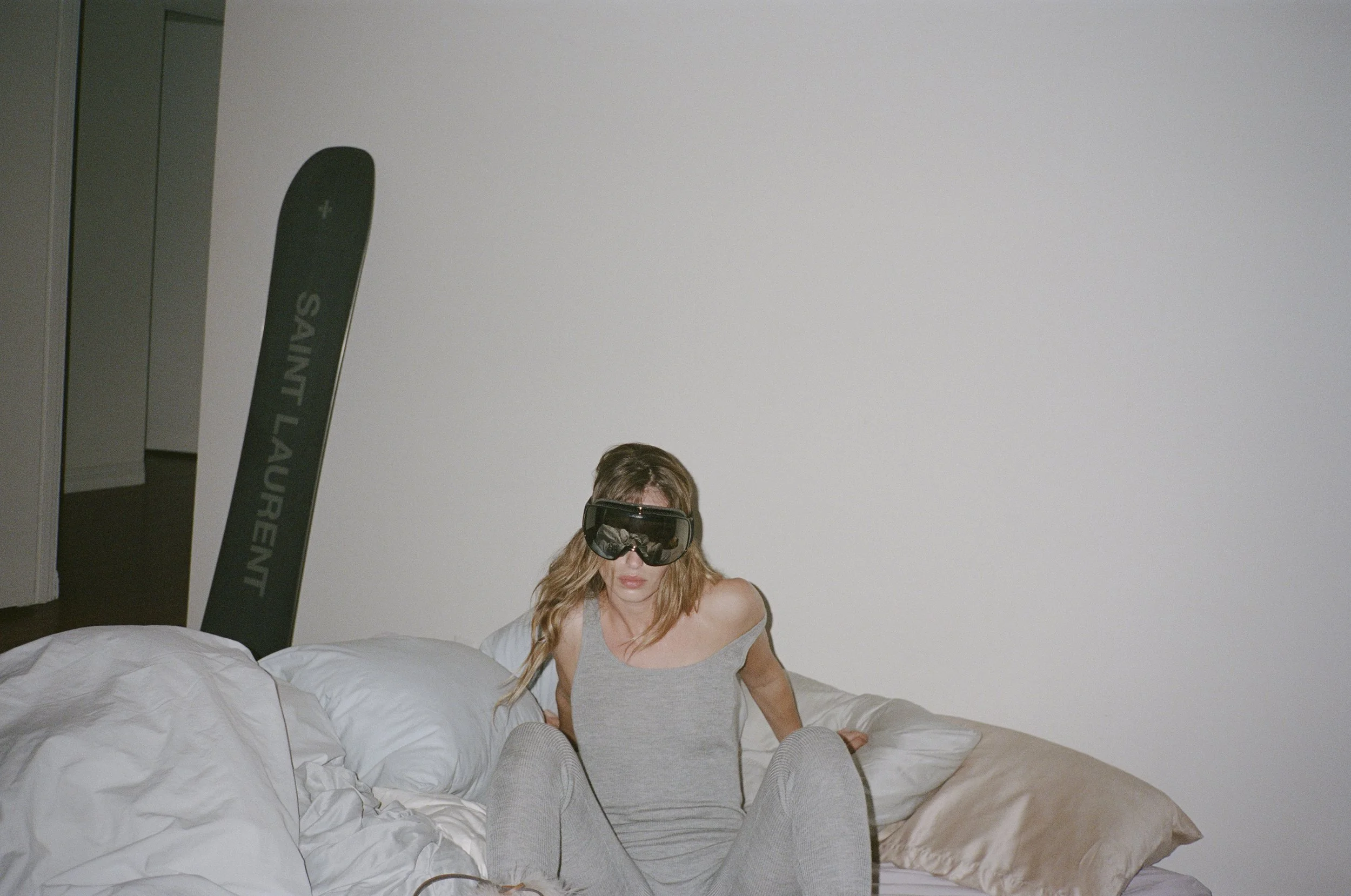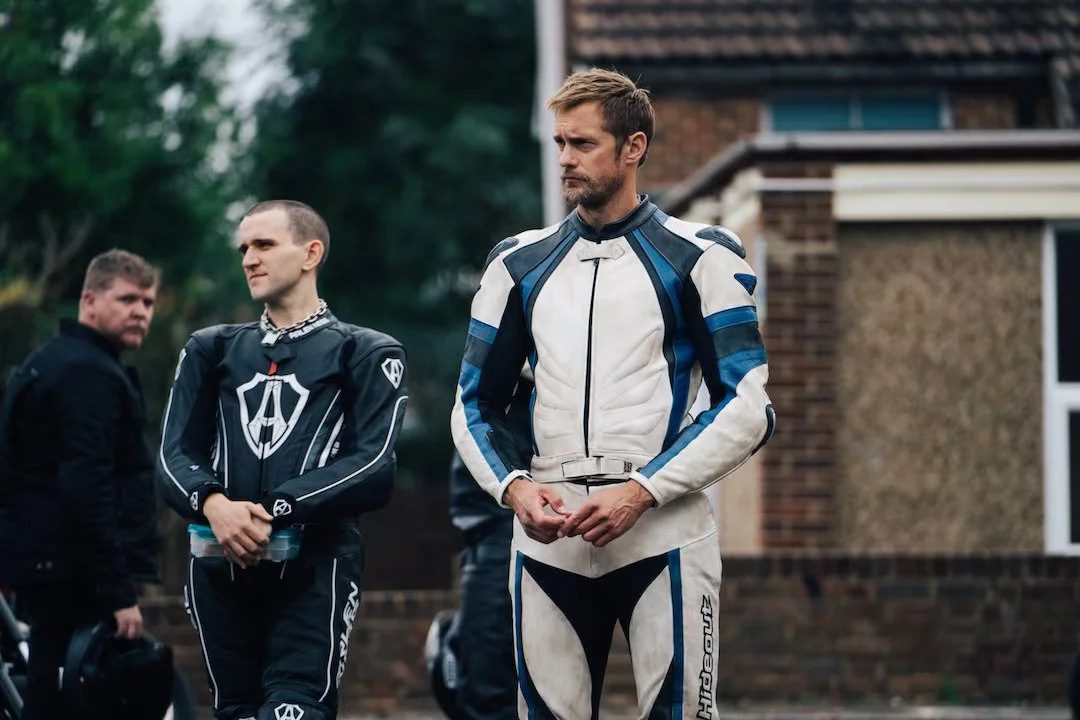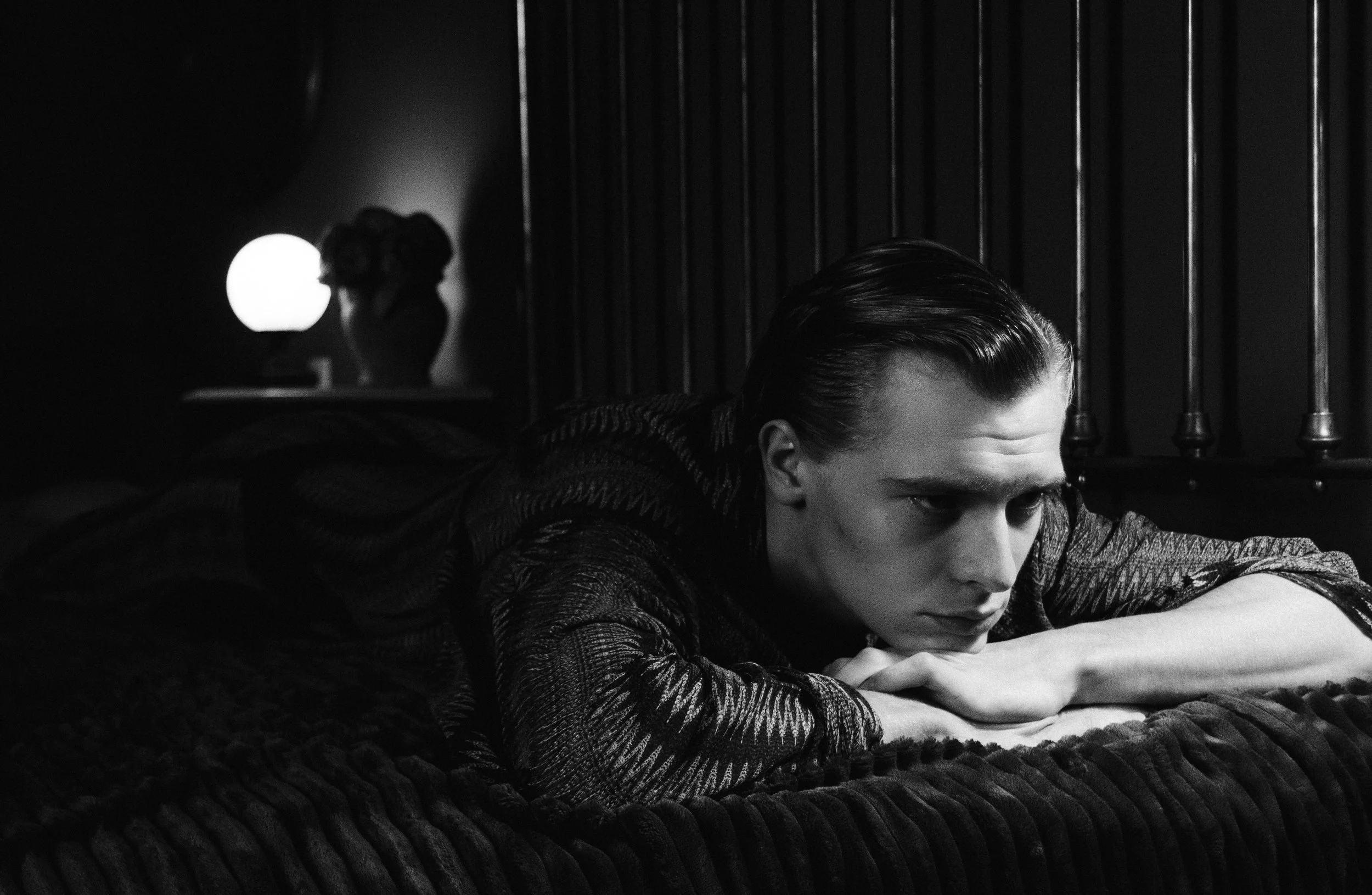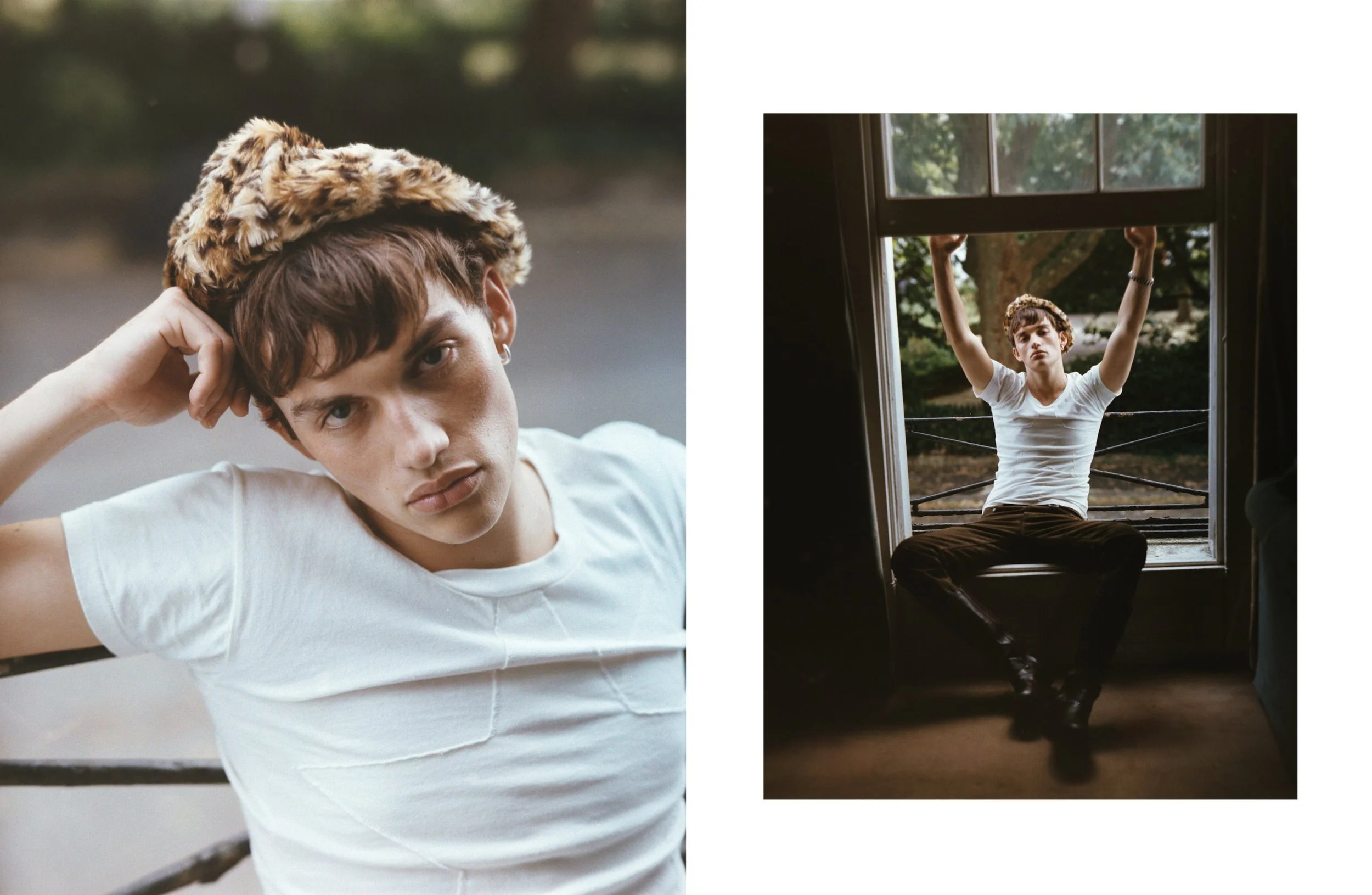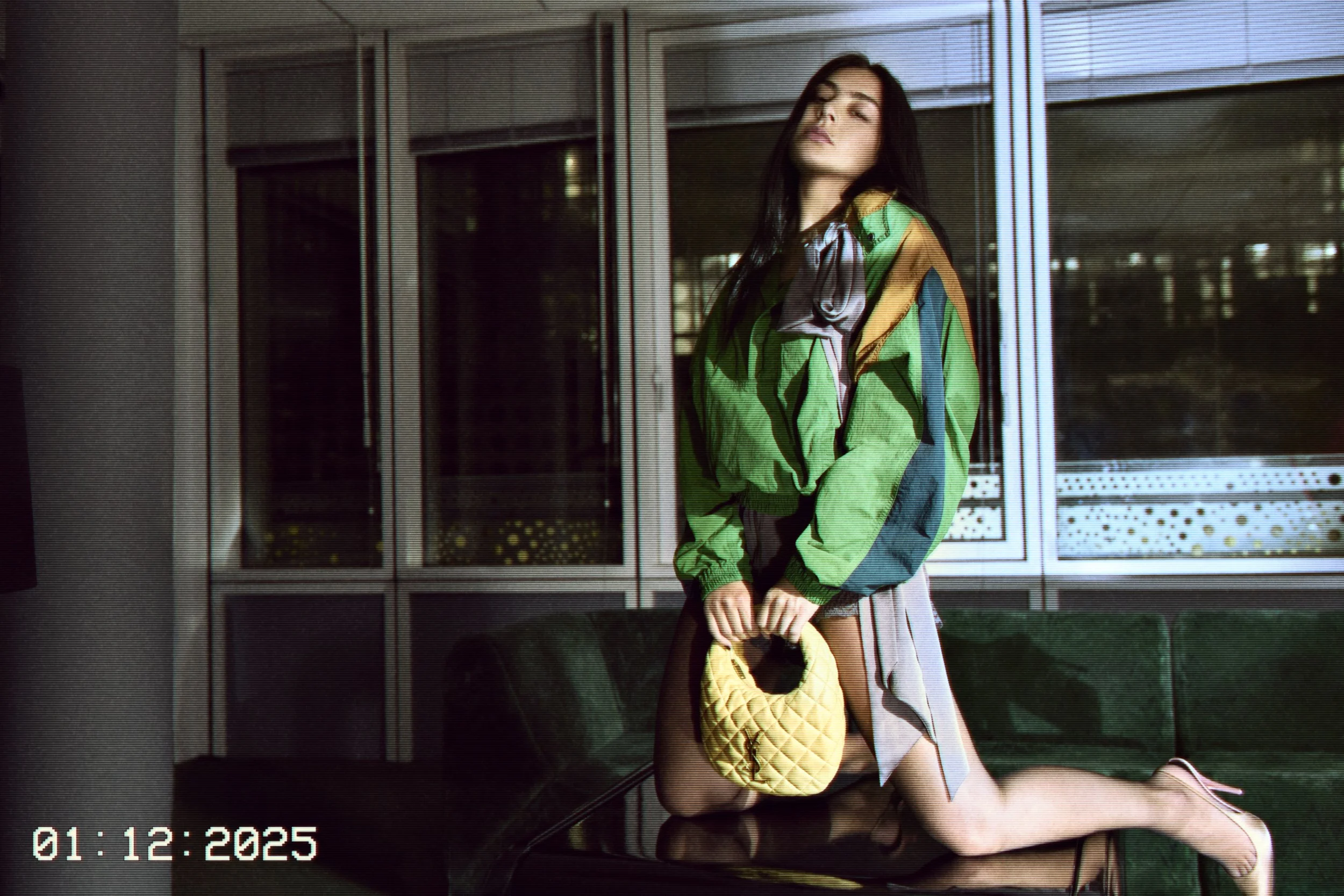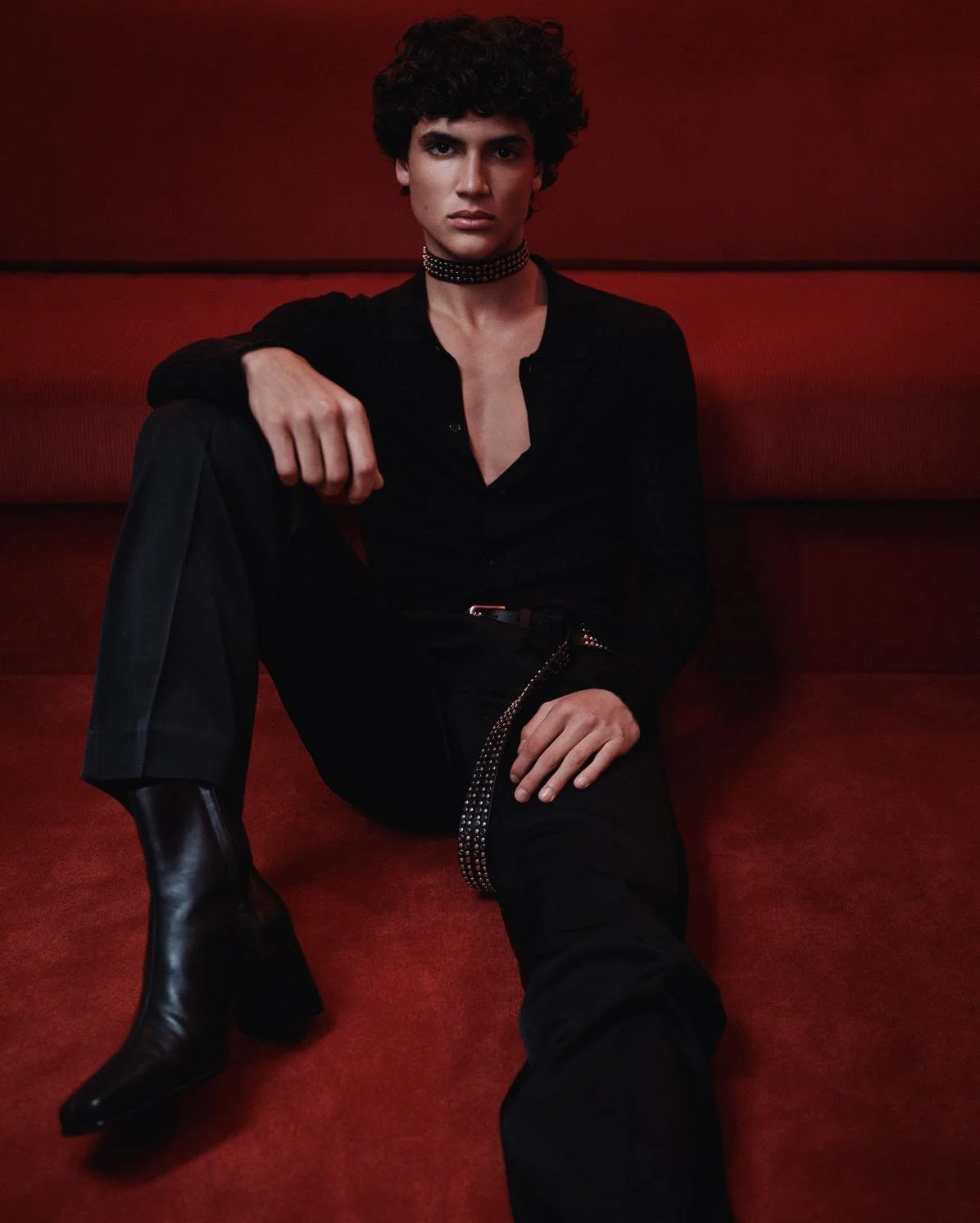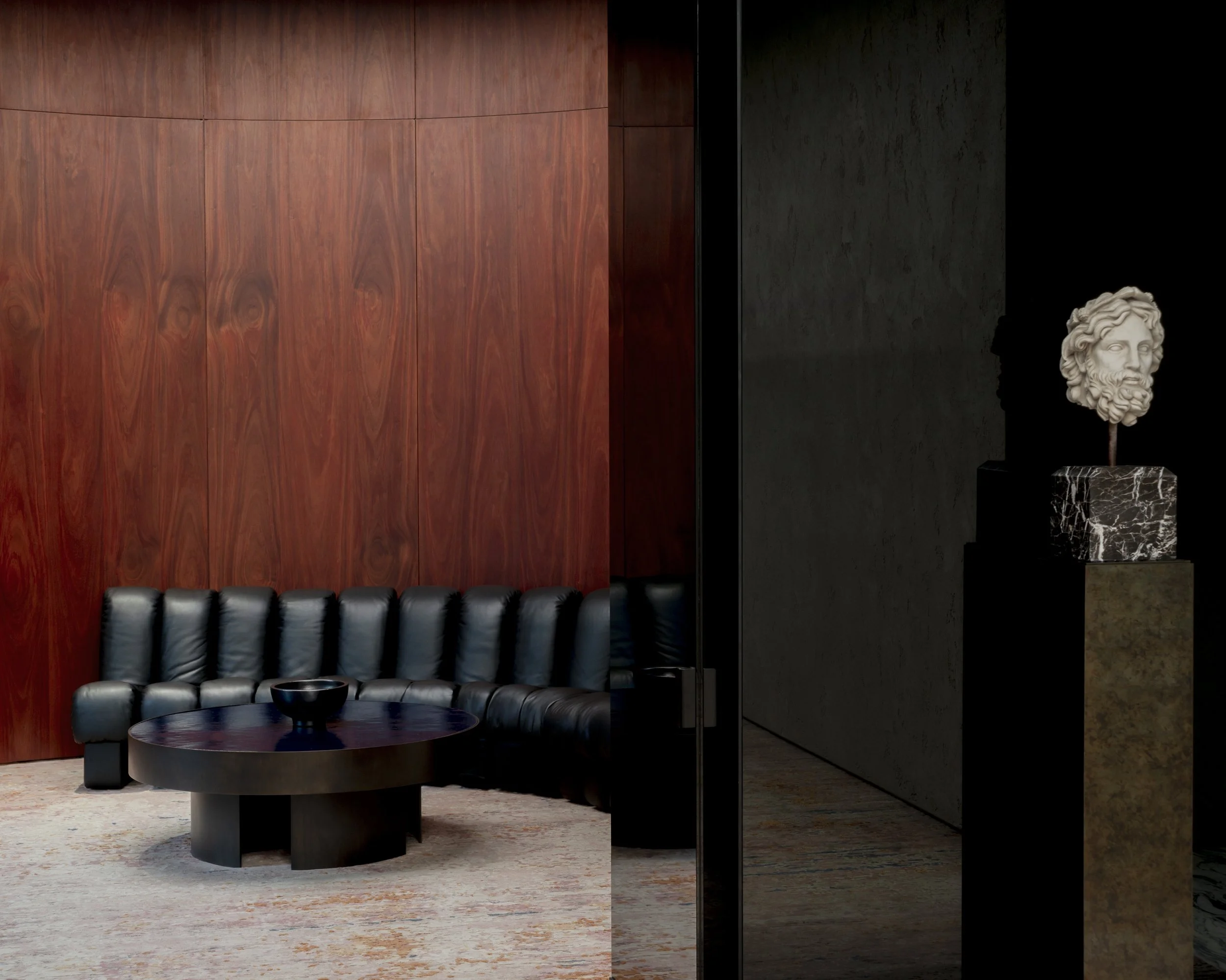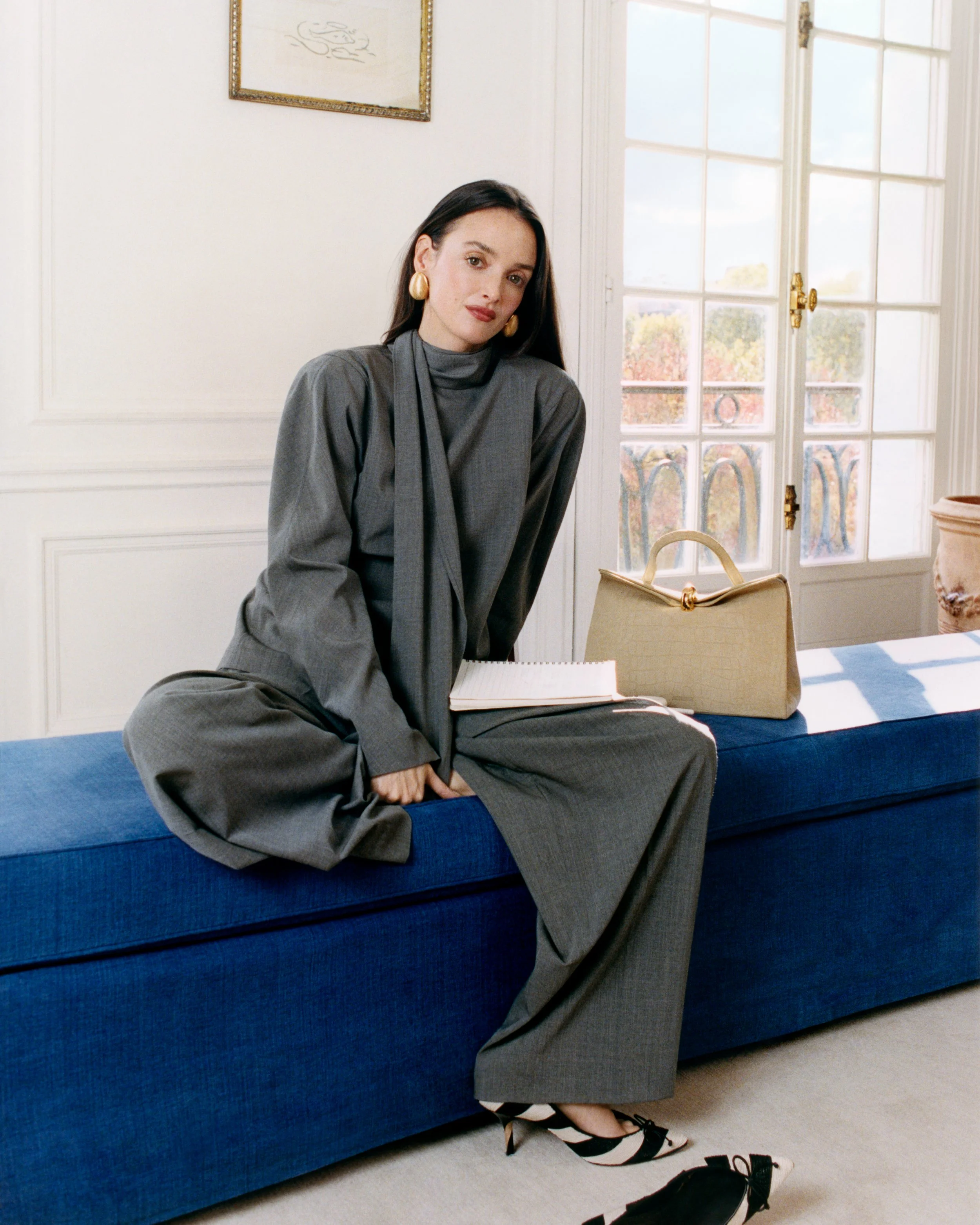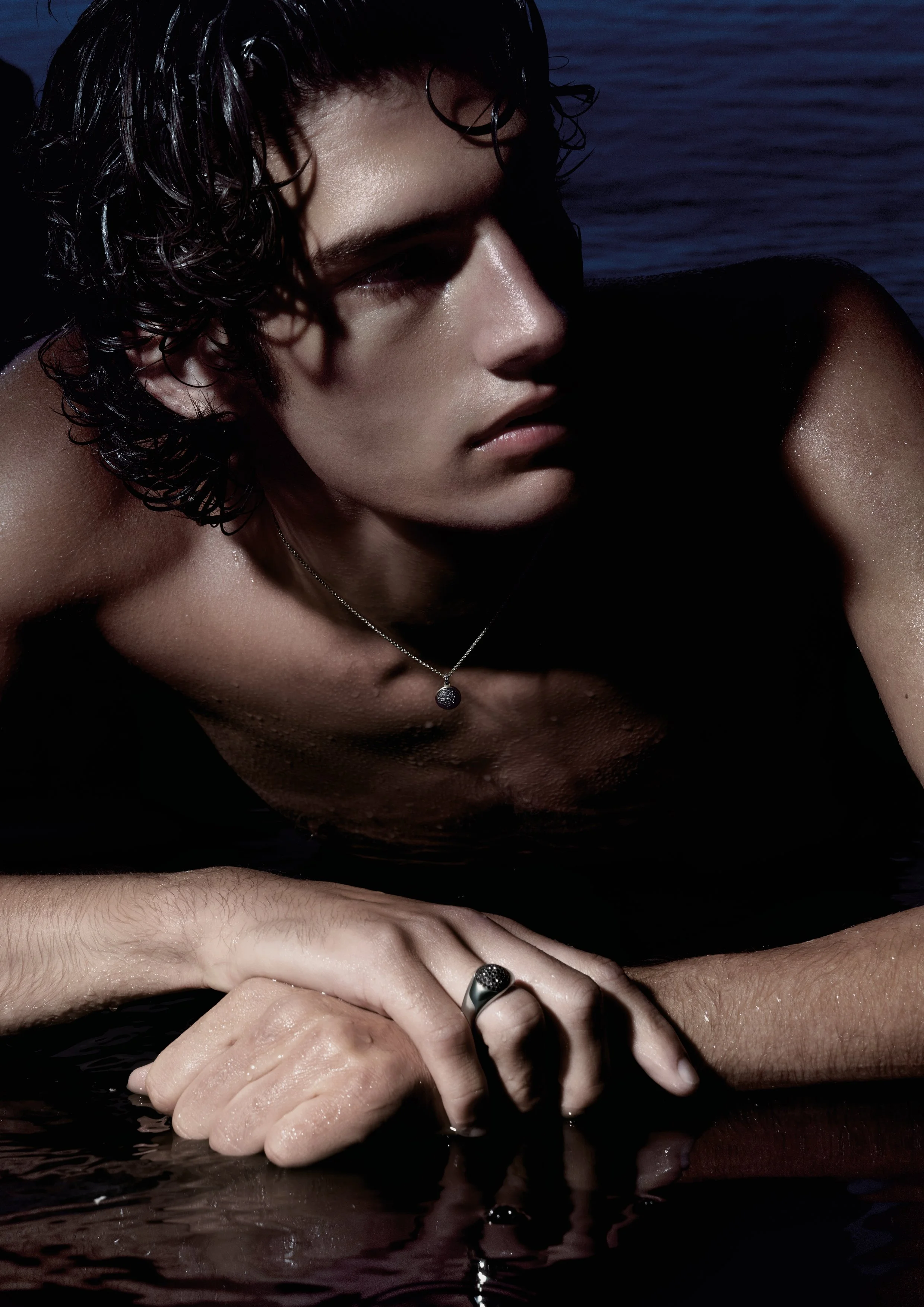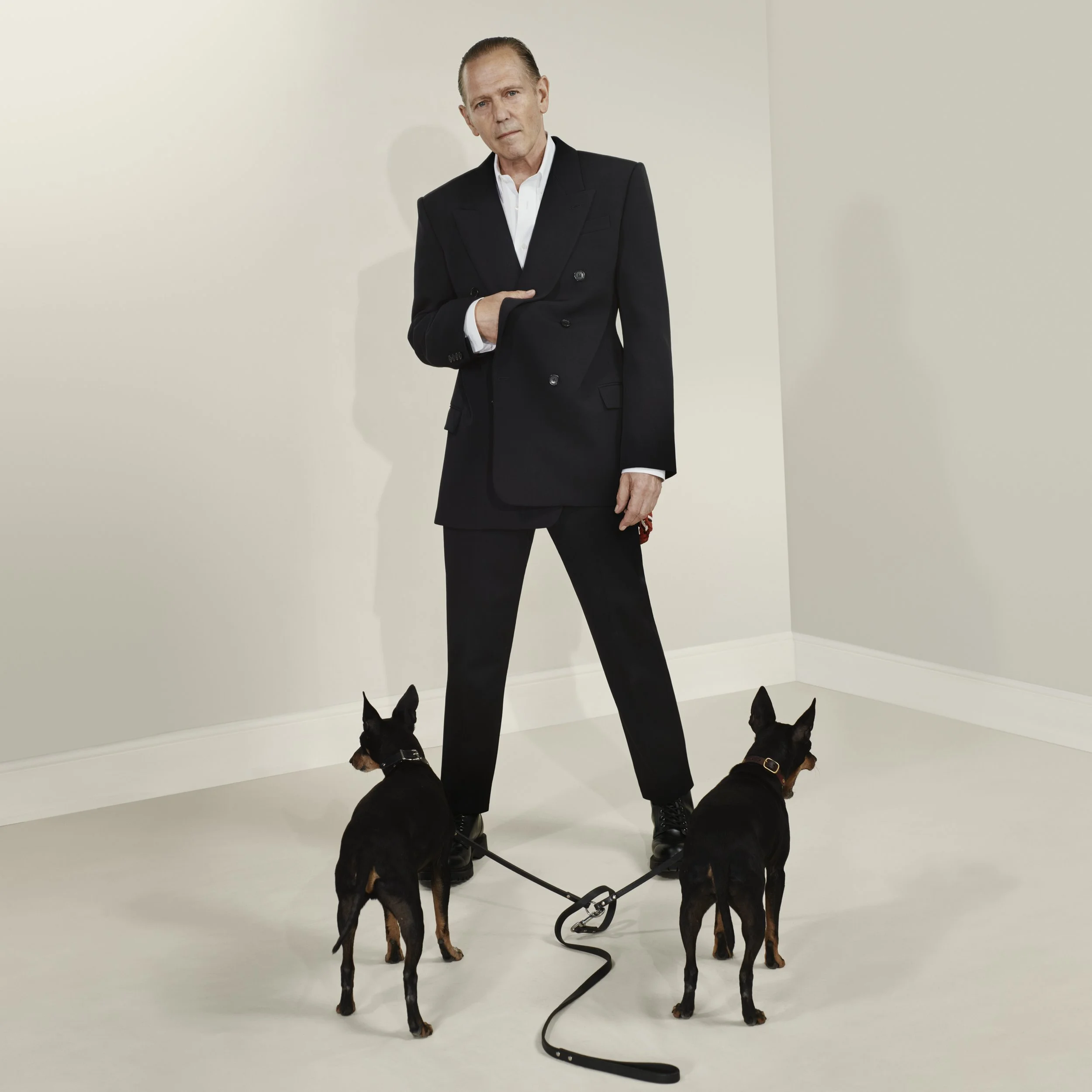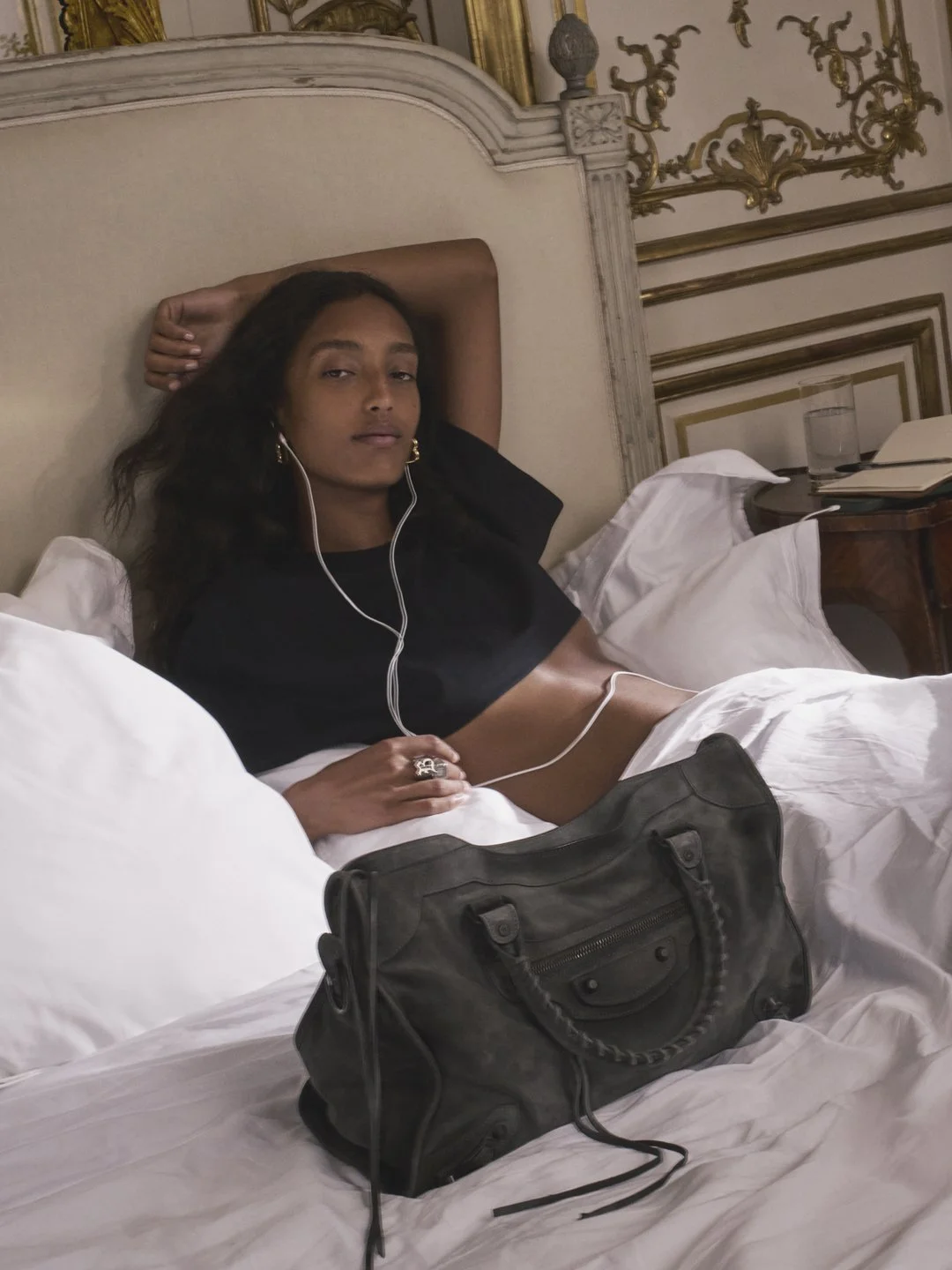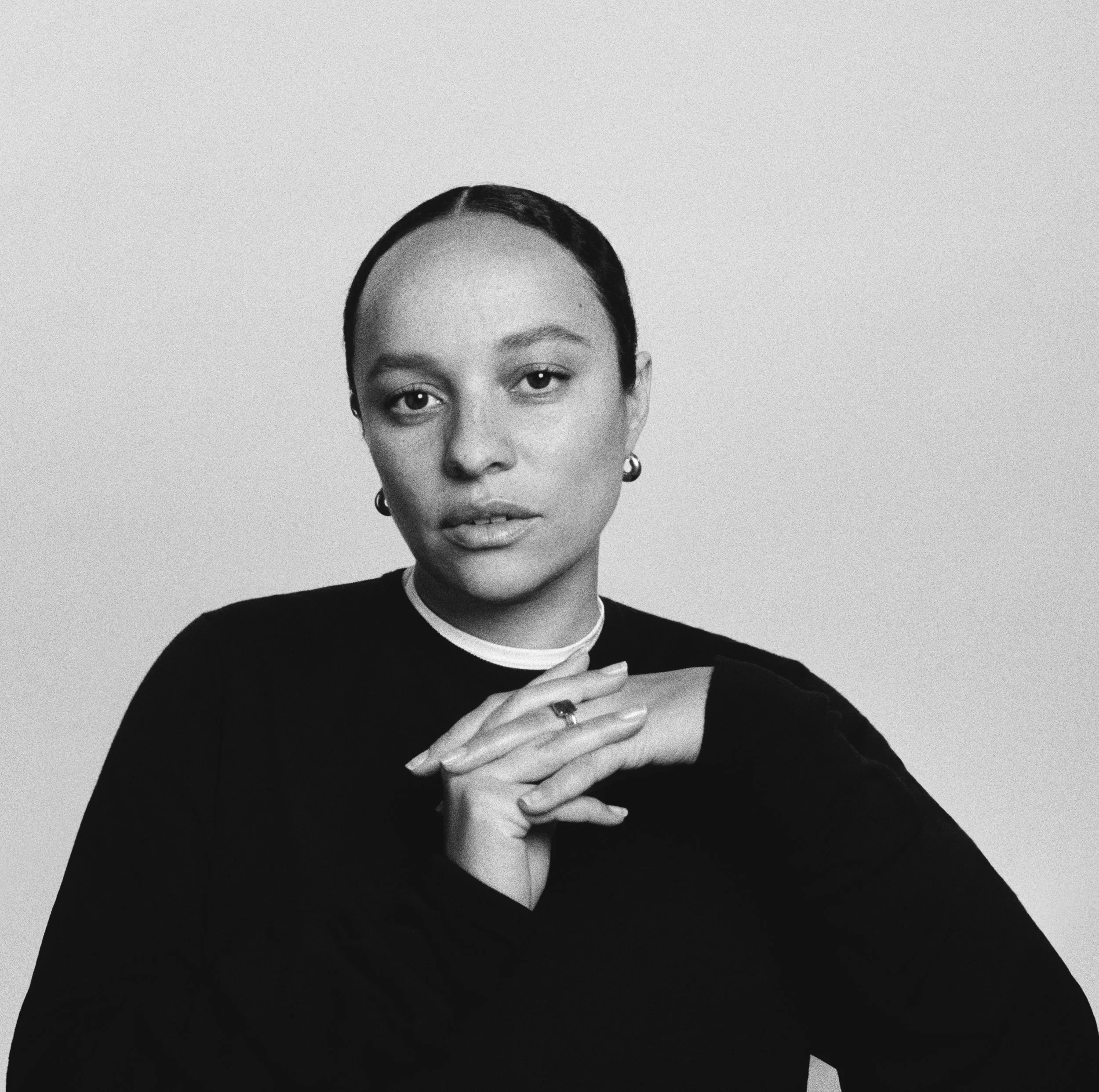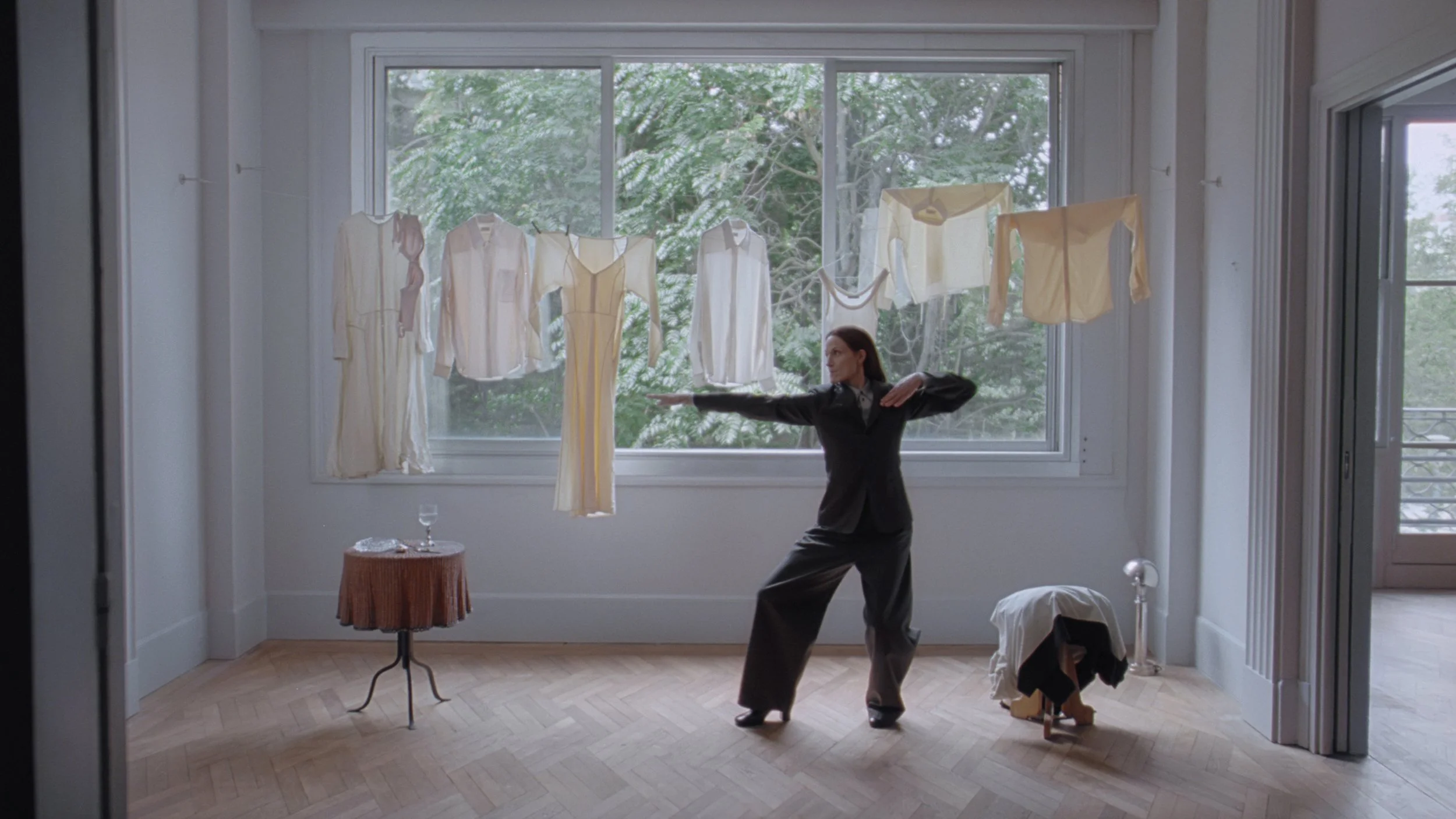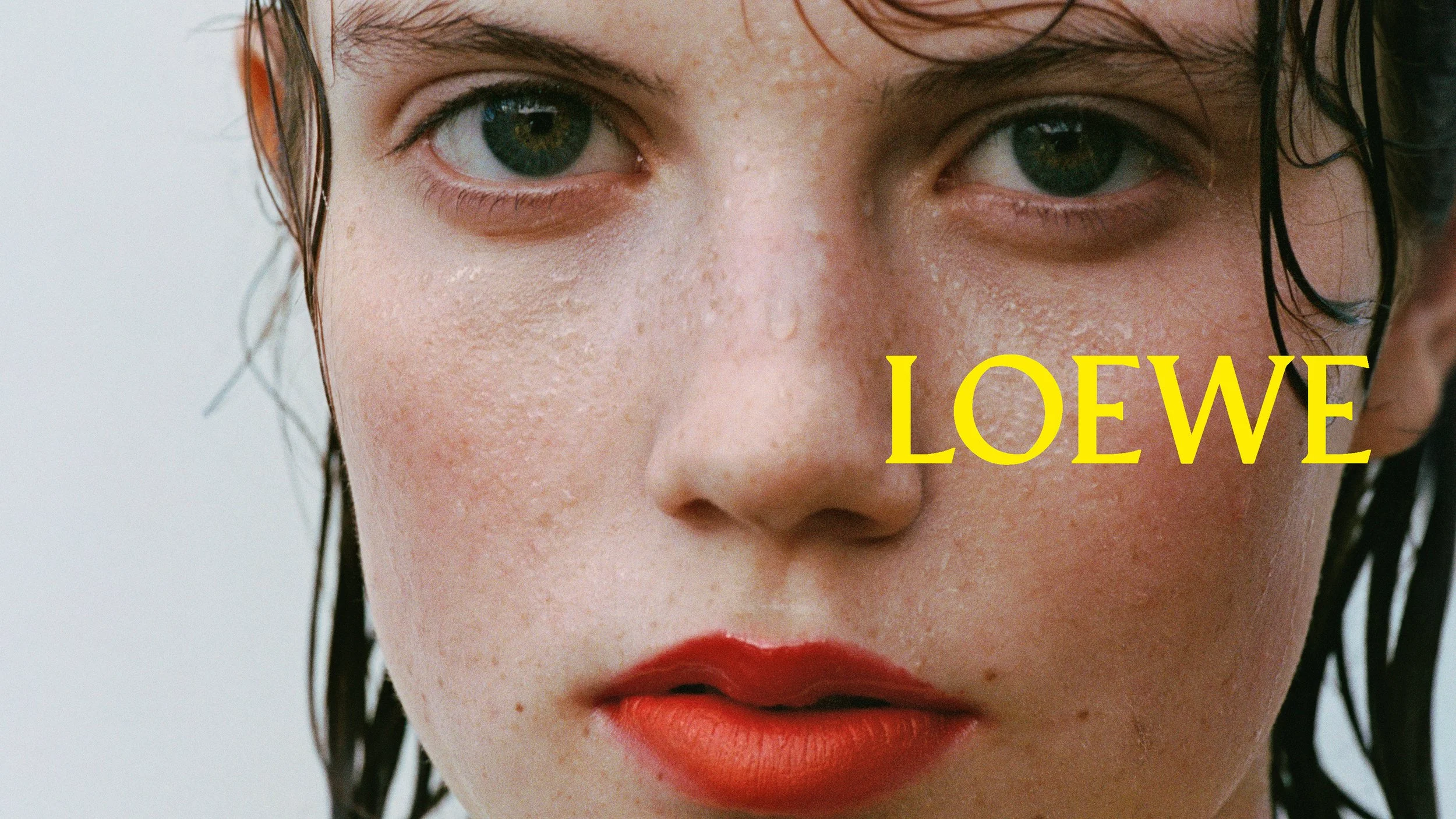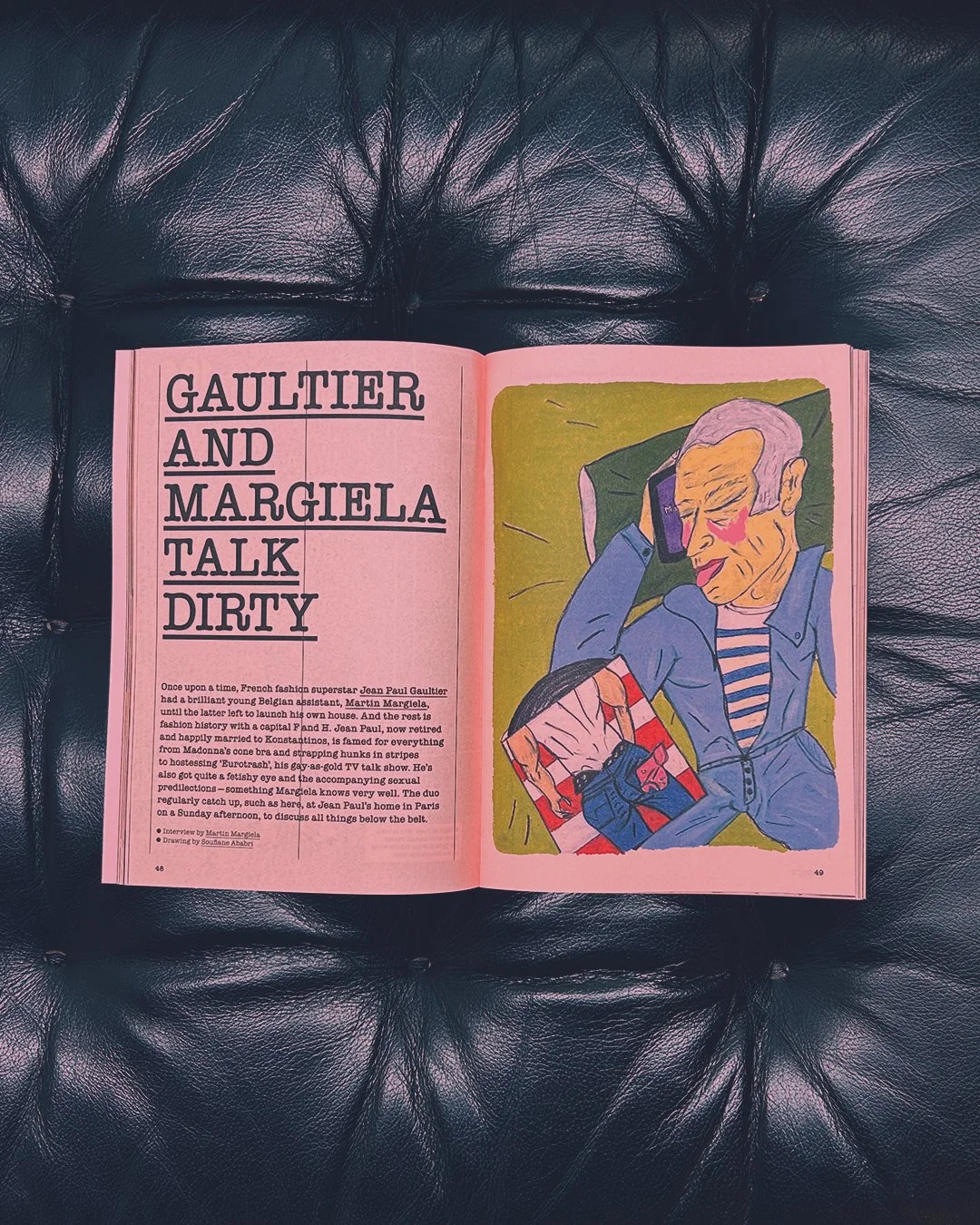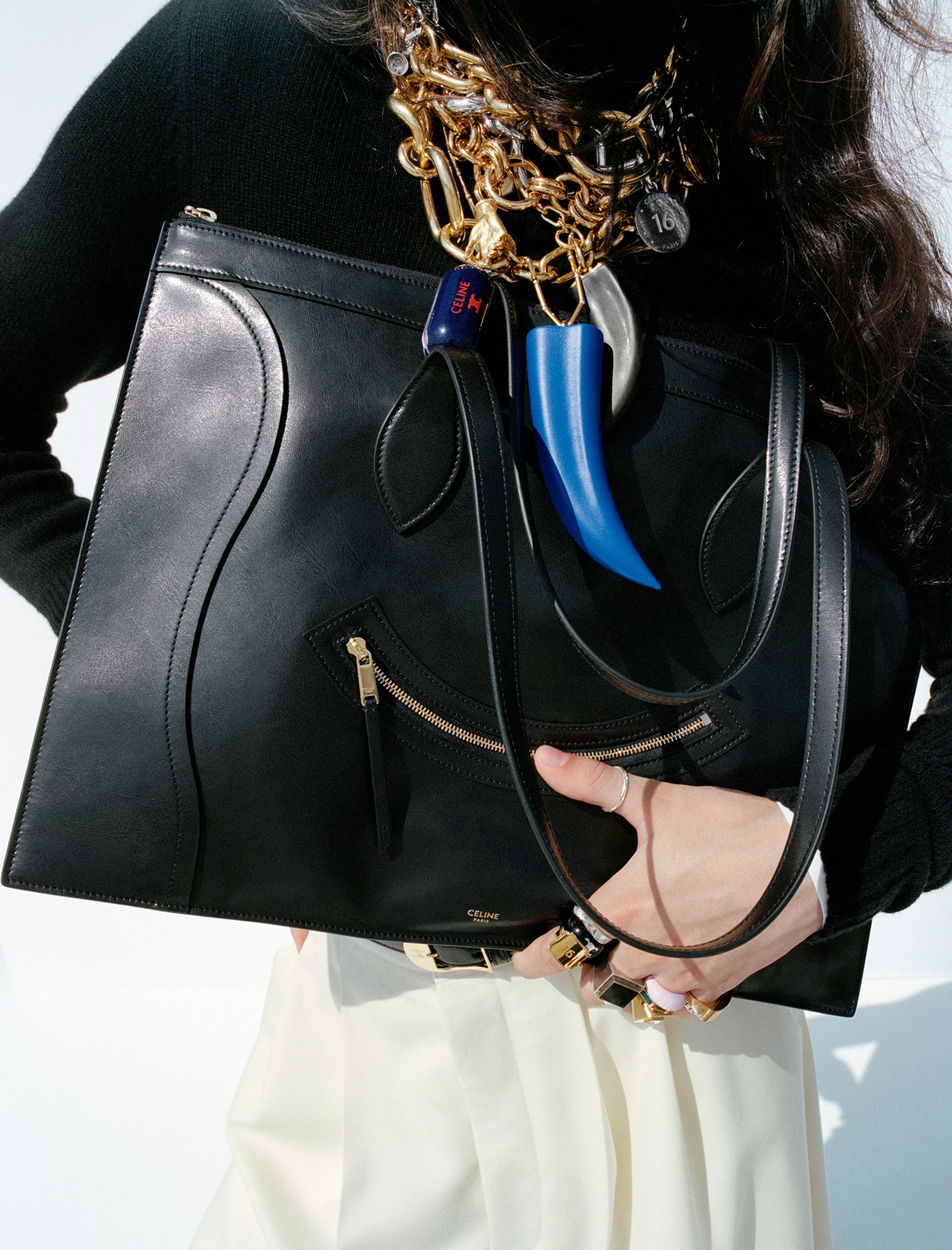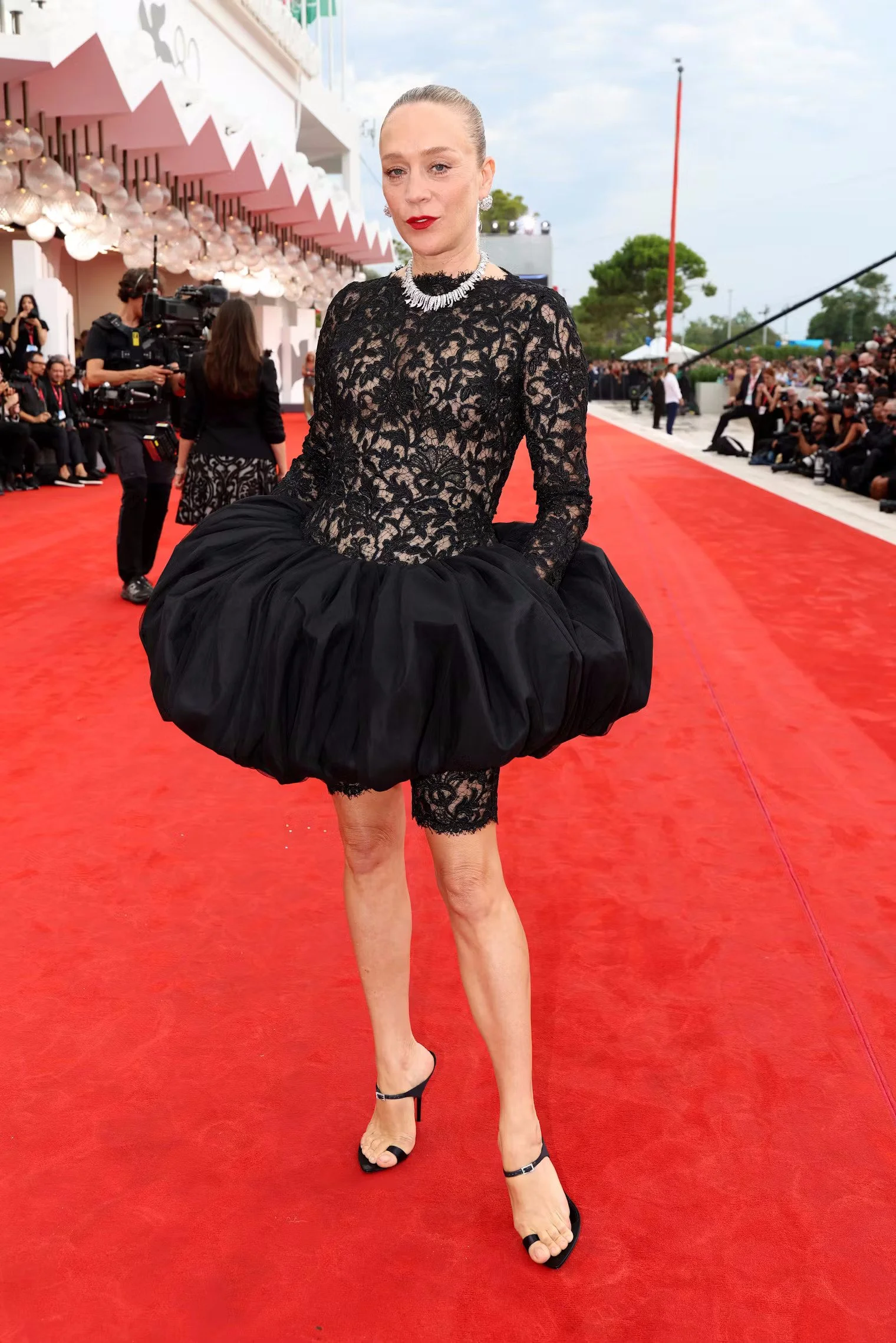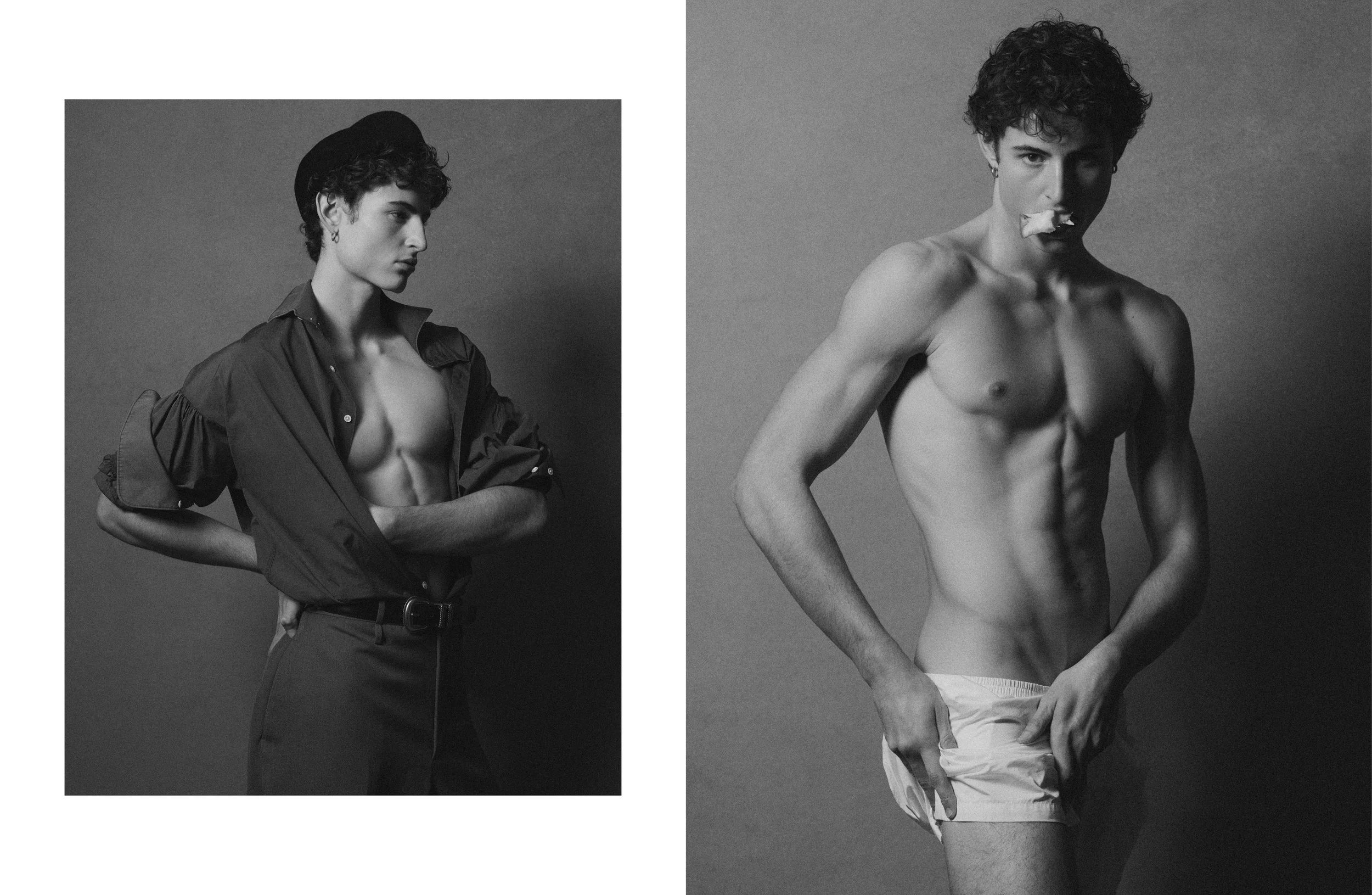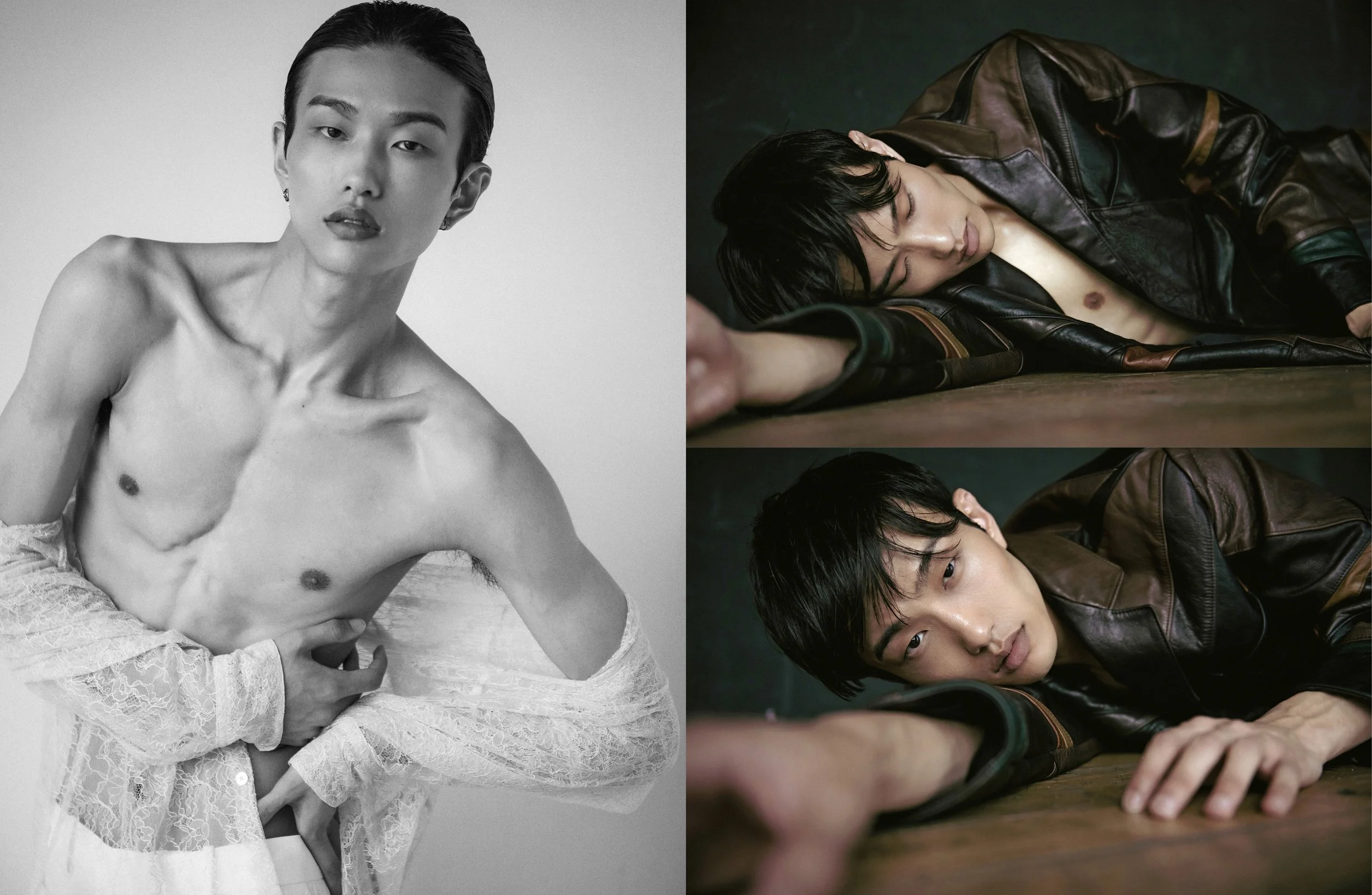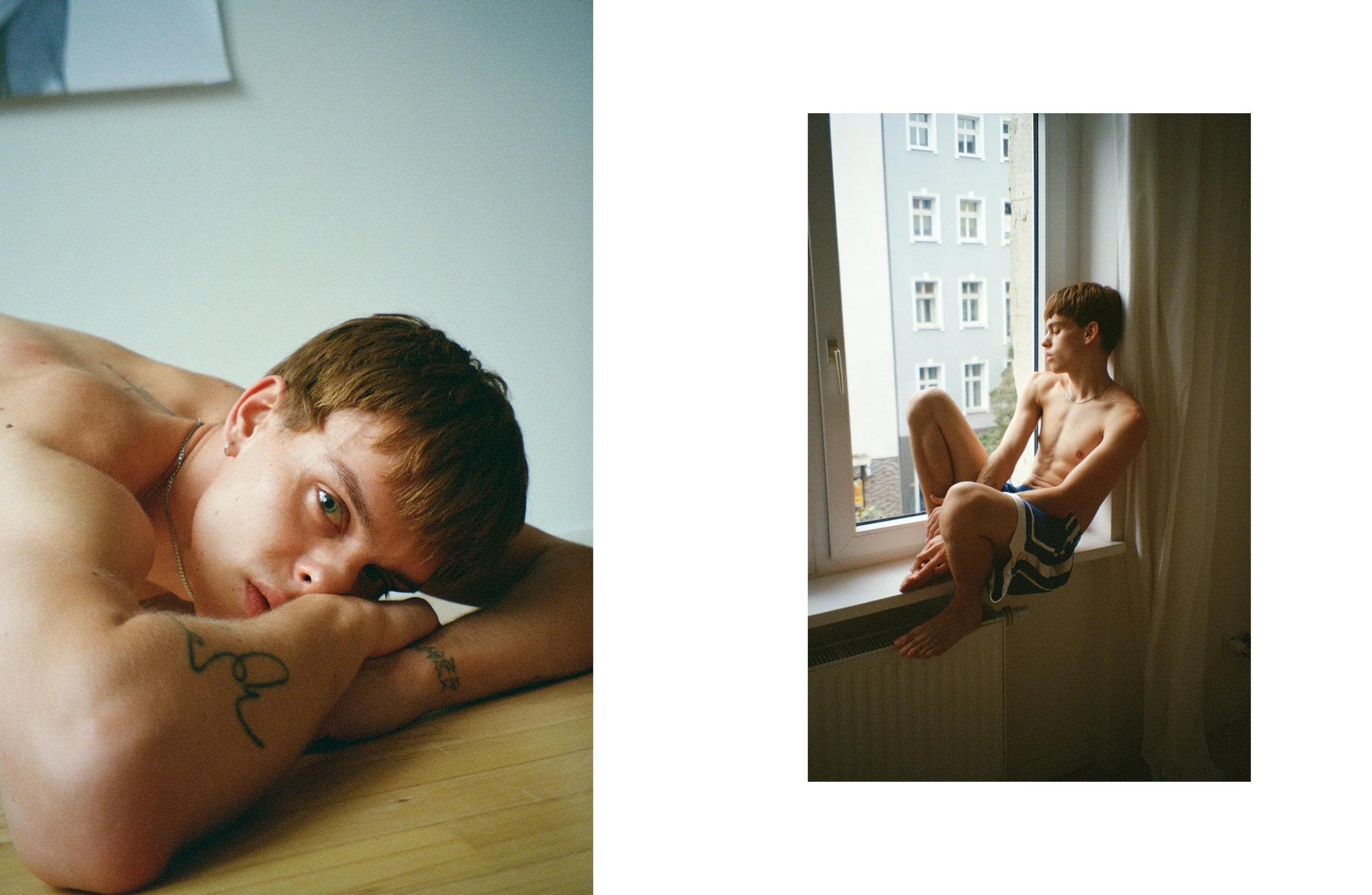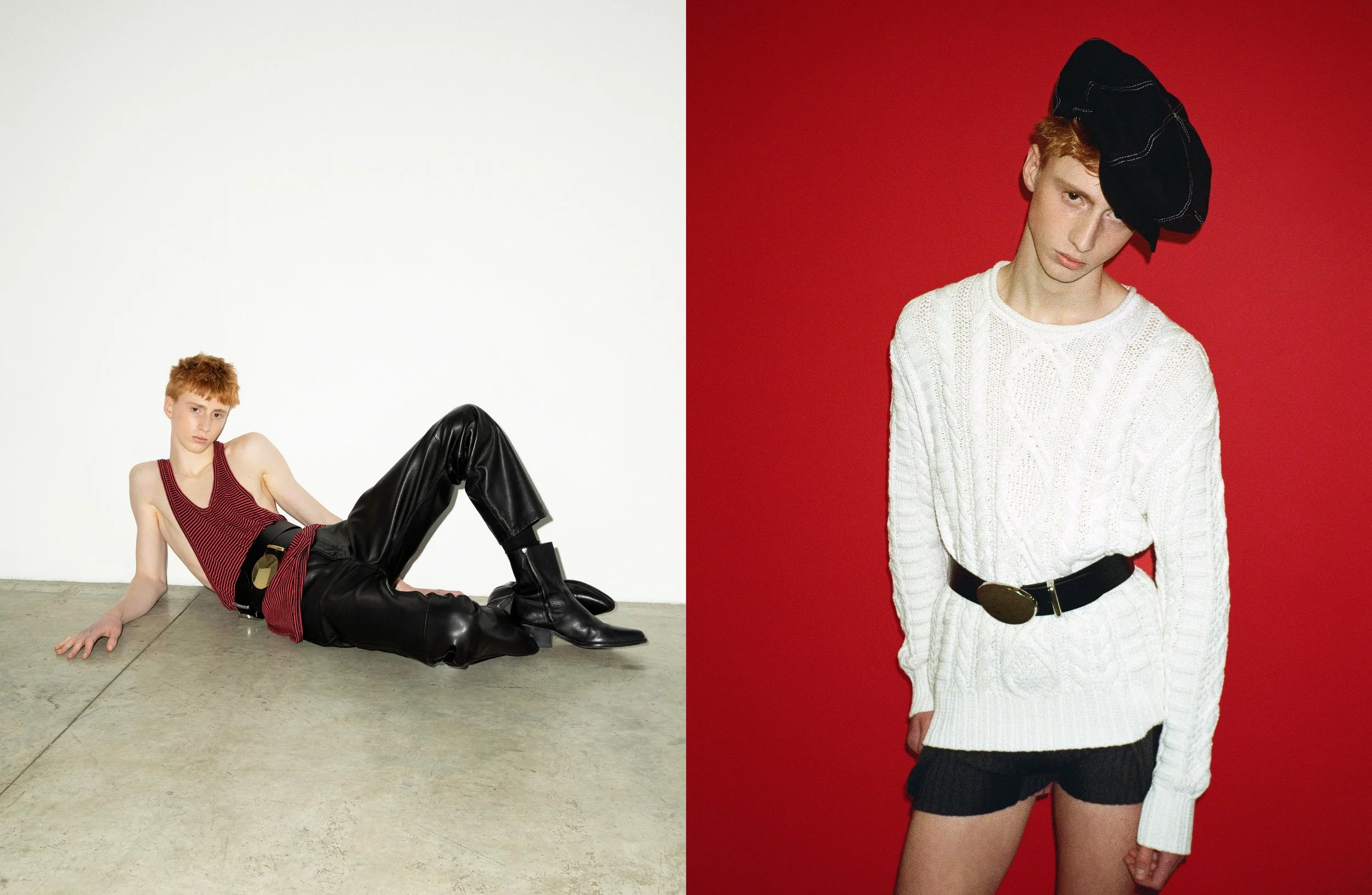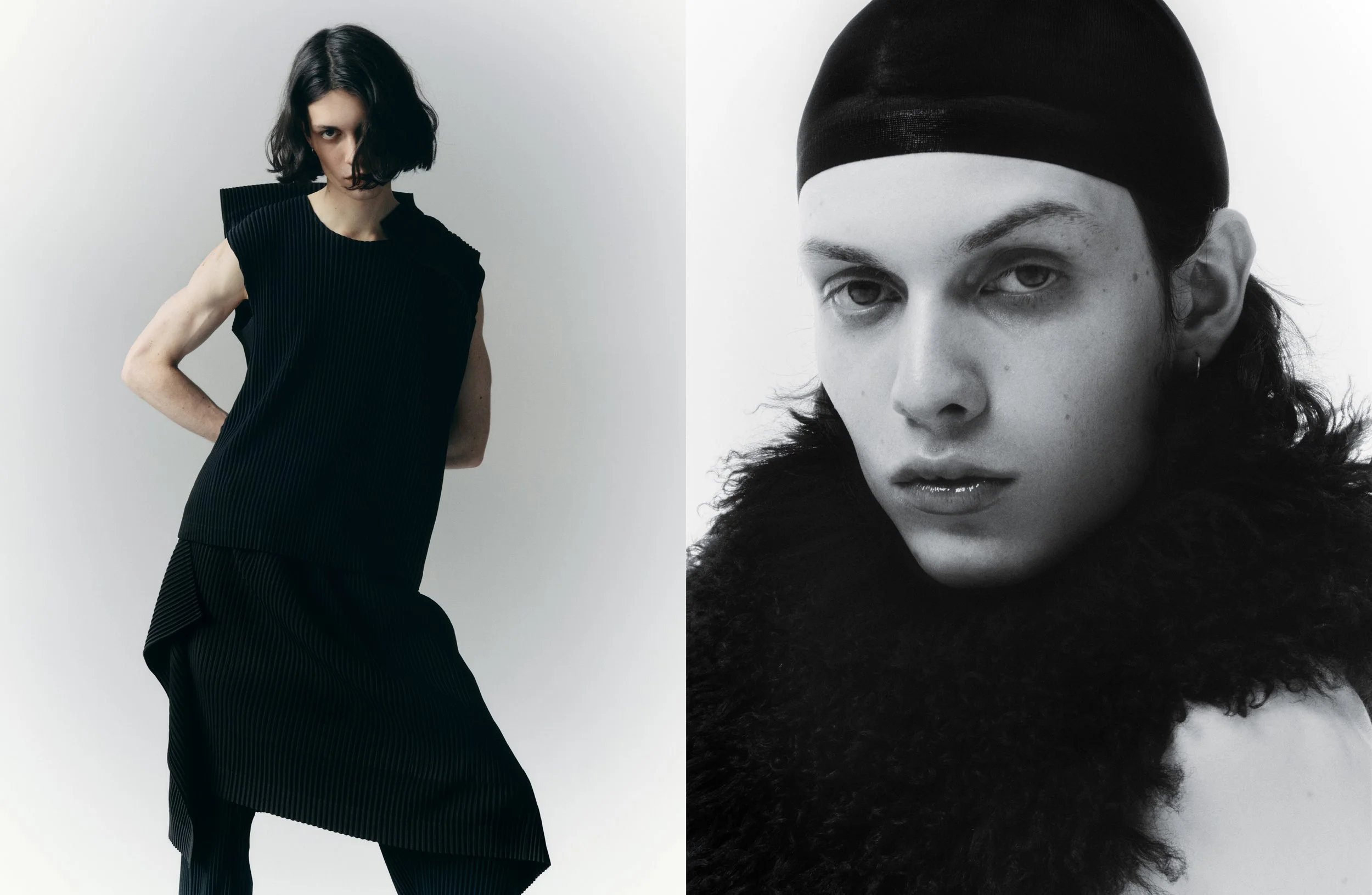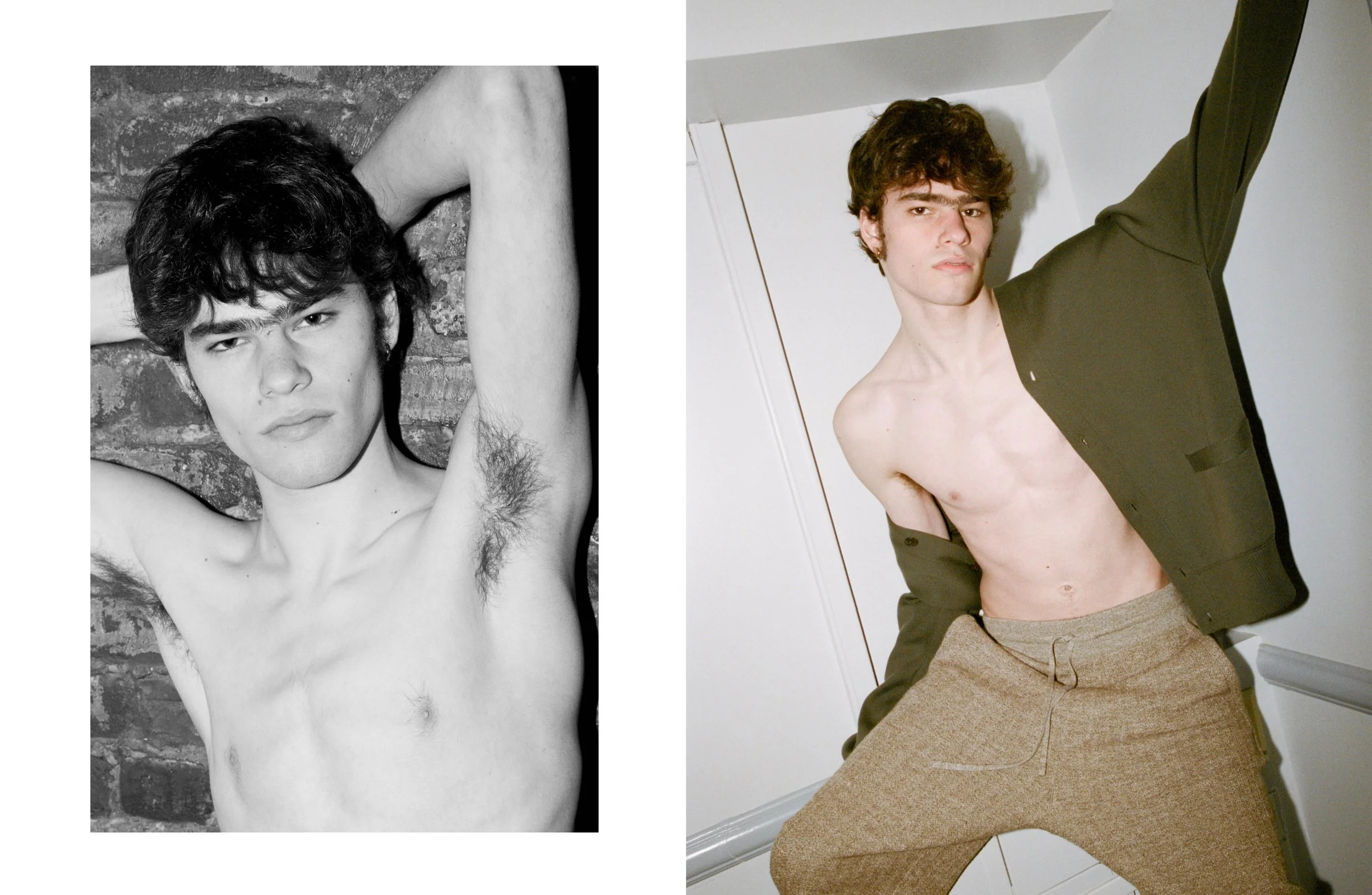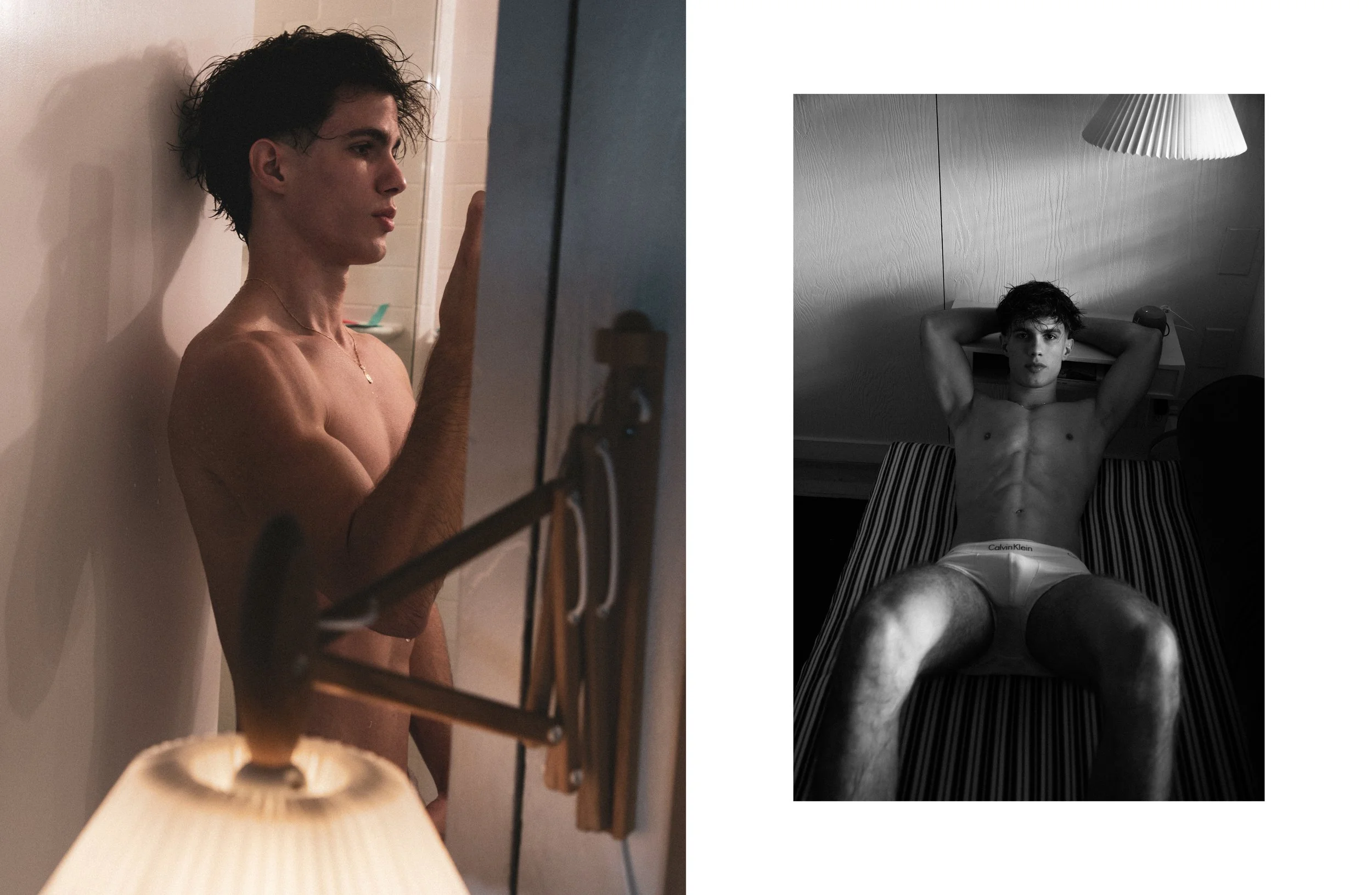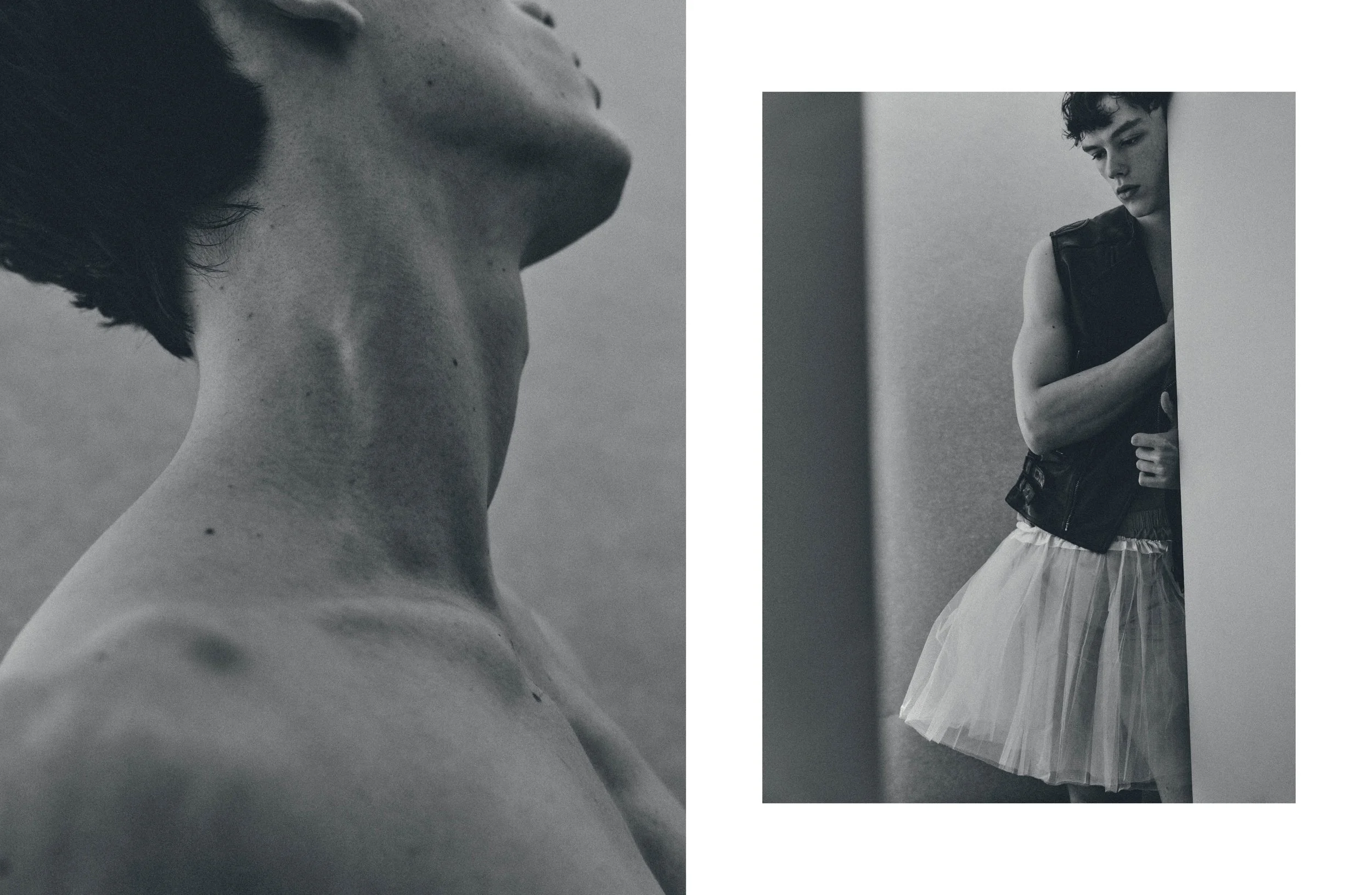Thierry, you're back at the helm of the creative direction of Zadig&Voltaire, a brand you founded in 1997. How would you describe this new phase for the house, which was born from your own dream?
Zadig&Voltaire has continued to grow over the last 27 years, as illustrated by the book published for the house's anniversary. We are still driven by the same passion and want to return to the brand's roots, with a more family-oriented direction. A new phase is beginning, marked by a very clear vision which is to “return to the essentials” of the house. We want to refocus on our savoir-faire, which led to the creation of our iconic pieces in a 'rebel rock' spirit.
Your 25th-anniversary book includes your iconic campaigns and muses. Which campaign or muse has left the biggest mark on you?
They're all memorable encounters. I created this company from scratch, and today, after more than 27 years, I'm still the founder and owner, which is very rare in this business. We are still a family-run business that has evolved over time, but today, yes, I needed to come back to tune the house back onto the frequency of rock’n’roll. We’re also trying to remain family-oriented and to make sure that we have a really solid team.
And why do you want to preserve this family aspect, which can be an extra emotional burden at work?
Because we feel free. It's not the same atmosphere, it's not the same reasoning, we follow an organic course of ideas that come and go. It's not a straight path. We’re not just a business plan. It's a totally different kind of management.
Bouncing off of that, have you kept in touch with the muses from the early days of the brand?
Yes. My idea has always been to really get them involved. I never just want them to pose. It's important to get them to understand, integrate and come up with ideas, and then we can
create what we call a capsule. The one with Kate Moss, for example, was a bit like that because we came up with a product with her. We work on product development as we meet people and I really want to emphasise that fundamental creative process for the upcoming collections.
After more than 27 years in business, what are your thoughts on the future? Are there any regrets?
Looking back, I have no regrets. The Zadig&Voltaire adventure has enabled us to create a real identity and to anchor this brand in people's lives. For many, it was their introduction to fashion in school. For many French teenage girls, Zadig was THE fashion brand. Zadig took them on a magical journey. We have customers who grew up [with the house], and now it's our job to find them and reconnect with the nostalgia. As a brand, you always have to be there, be present, and do things to renew yourself. I've got all the planets lined up. My main wish for the future is to continue to create our iconic chic and nonchalant silhouettes. Today is really about looking back to the past and [simultaneously] looking forward to the future. So, in fact, it's the vision of today, not the vision of what I was doing 20 years ago. Everything has changed but nothing has changed. We're in this new world and Zadig has to adapt to that. In this new chapter, I intend to continue creating around the Zadig&Voltaire lifestyle, inspired by all my passions for art, music and the Château Voltaire, which we opened in 2022.
Zadig&Voltaire is more than just a brand – it's a whole creative universe that combines family and savoir-faire.
That's what Zadig is all about, there are lots of different creative elements and ventures but we have to merge them all together. We're trying to put the lifestyle back at the centre. Because Zadig is a lifestyle. For example, when you see these young girls, they get into the Zadig lifestyle and they integrate the fact that there was a magical side to it that made a 12-14-year-old girl dream. When I went to the US, we opened a boutique on Madison Avenue. And the reach was the same. There was a high school next door, and the girls all had Zadig bags.
What do American women think of Zadig?
We dress them for everyday life. We dress celebrities, Hollywood actresses, but when they’re off-duty and want to keep a rock’n’roll edge.
You were 25 when you first launched the brand. Now, 27 years later, how do you see the fashion industry? And where do you situate Zadig&Voltaire?
The fashion industry has changed since I started, in terms of where the materials come from, how they're made and where they go. But also in the way we communicate. Society has become
aware of many issues, particularly ecological ones, and we can no longer move forward without holding ourselves accountable for what we are creating. This is the approach I'm taking
at Zadig&Voltaire. And to situate Zadig in the current fashion sphere, I see us as an independent brand. I'm not sure whether I need to play the game of fashion and the pyre of truths. Zadig has always lived on the outskirts, and in the end, things come to us. We remain true to ourselves. If people come to us, it's because we've proven that we're doing something interesting and authentic.
What would be the ideal playlist for this new era of Zadig&Voltaire?
La Ritournelle, by Sébastien Tellier!

